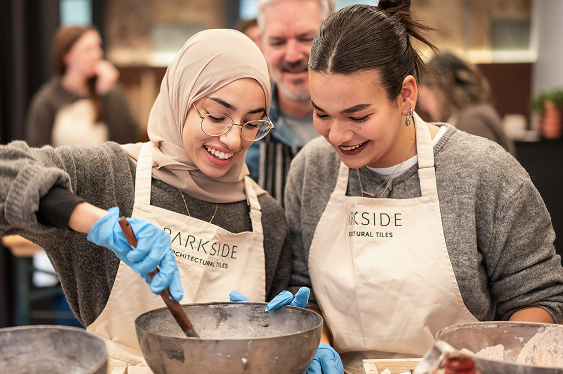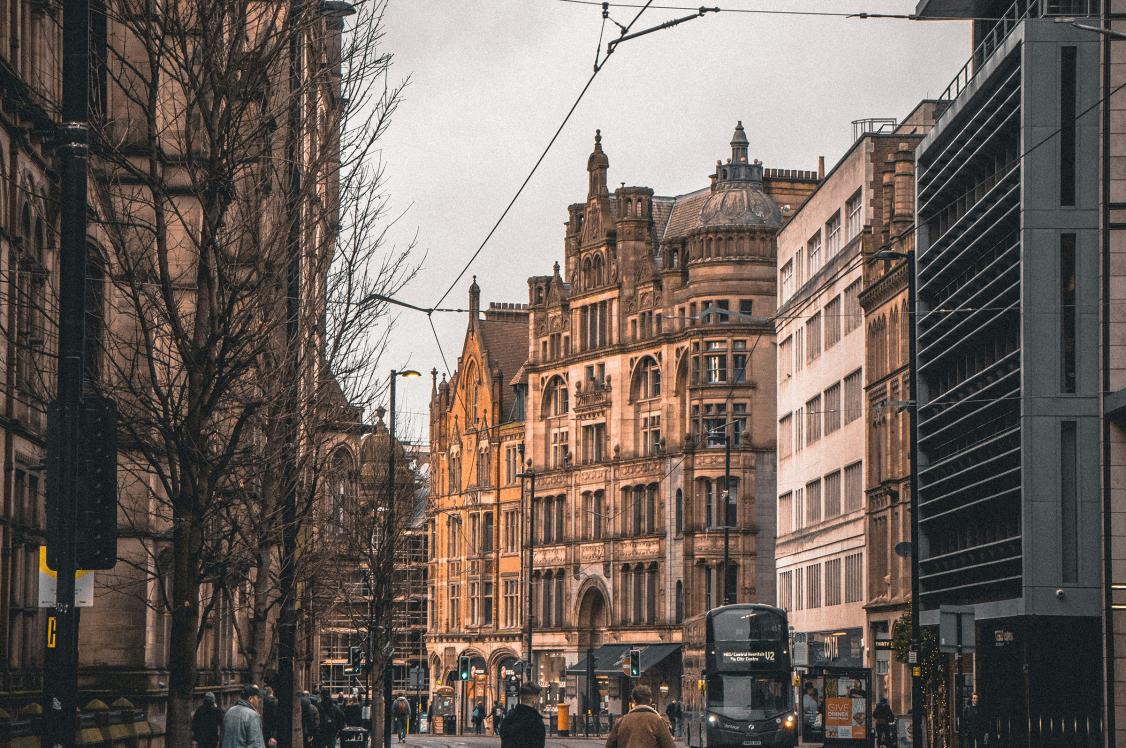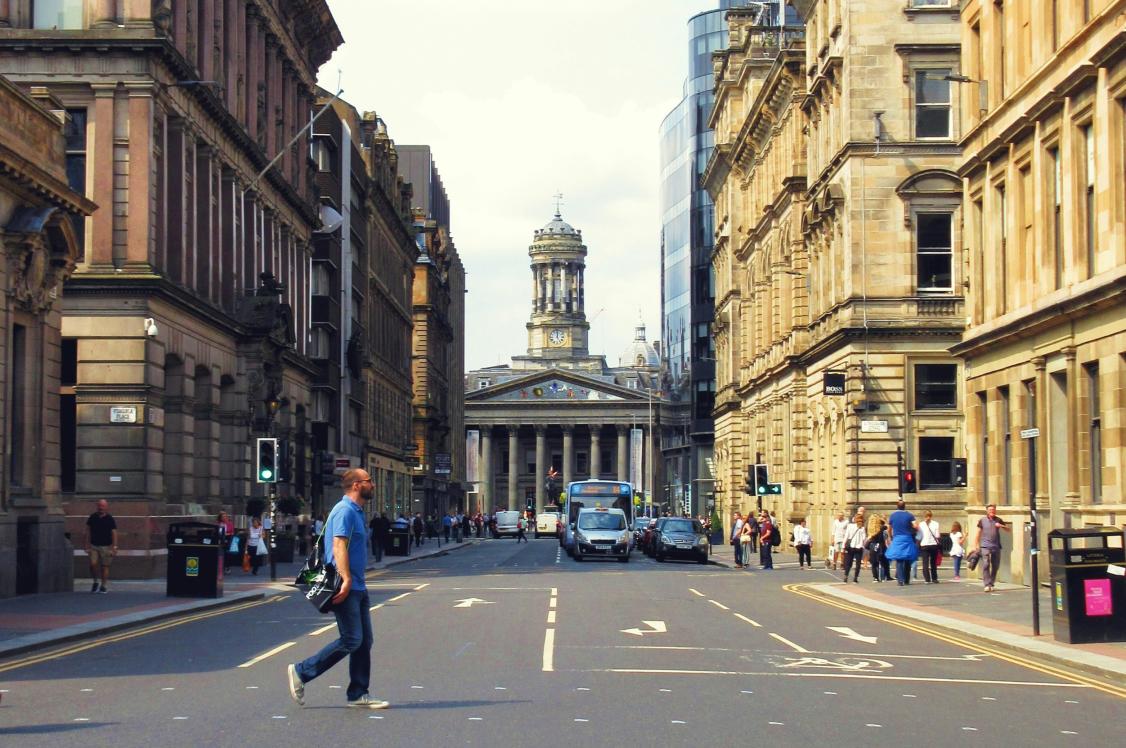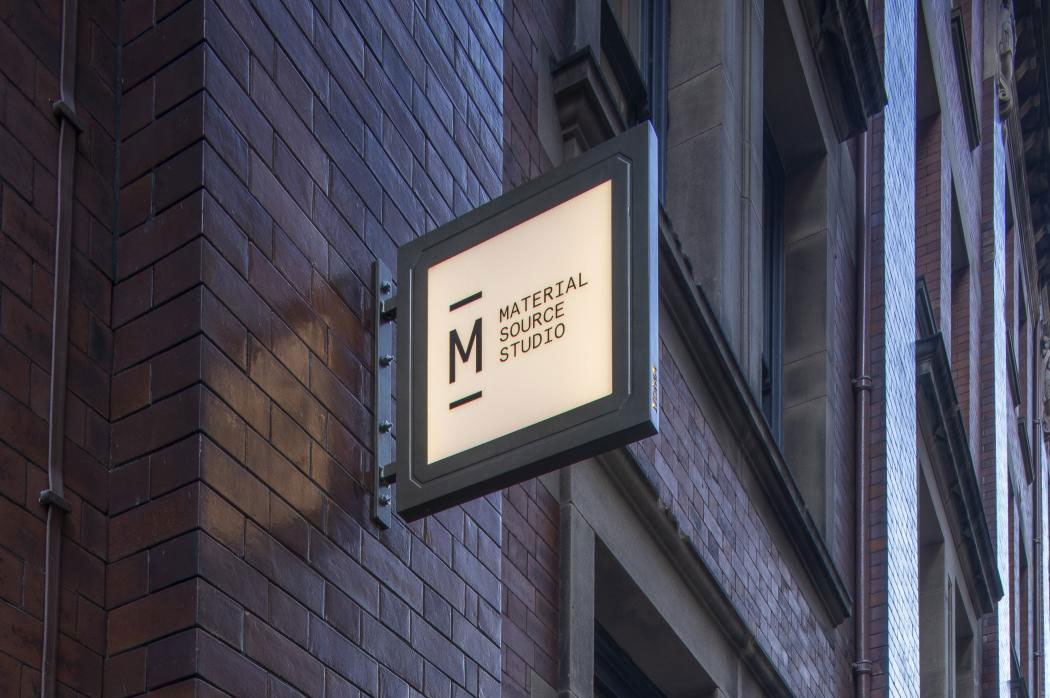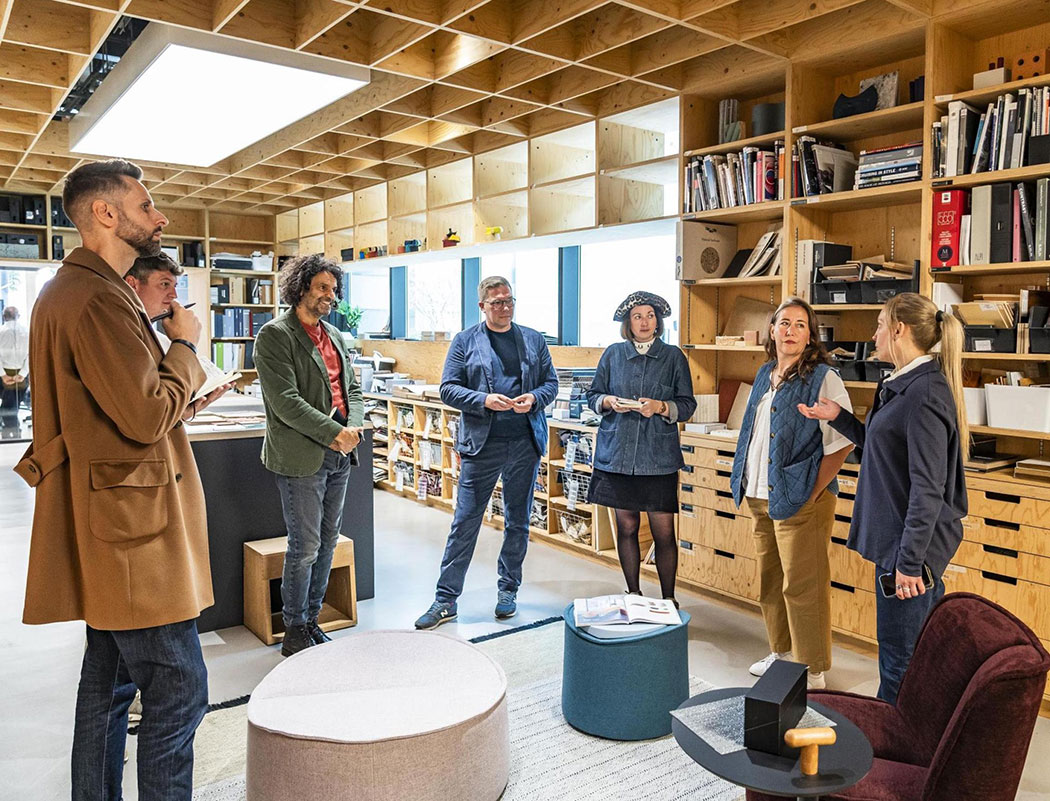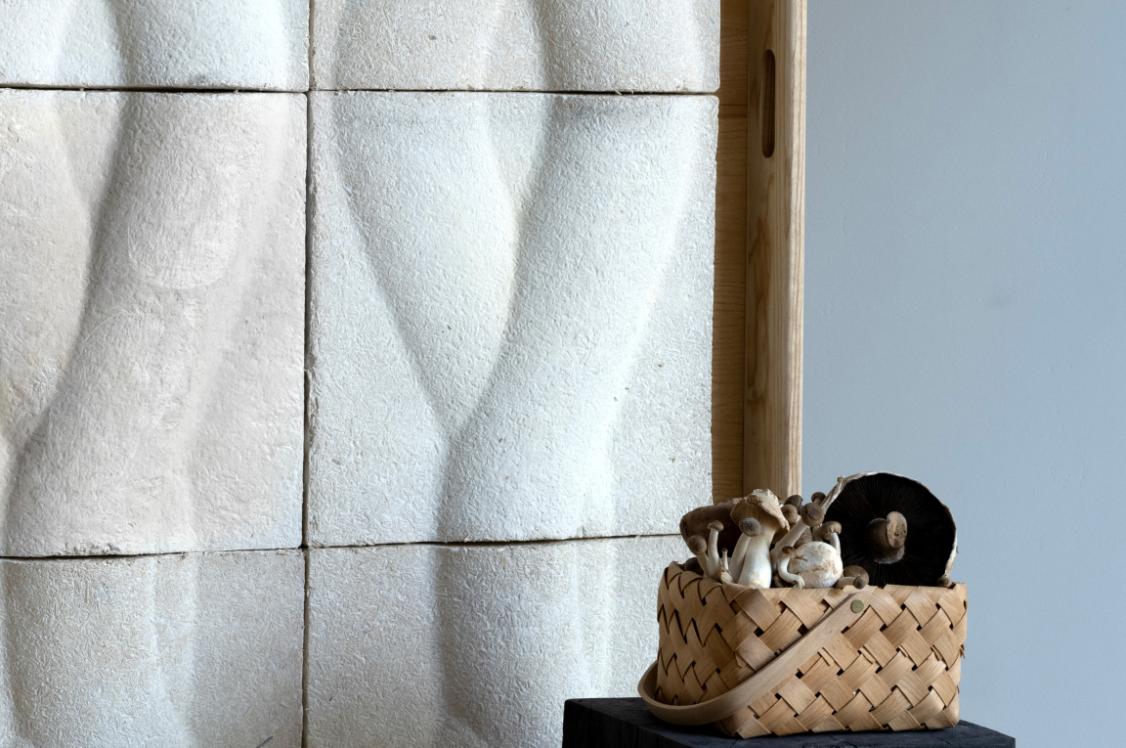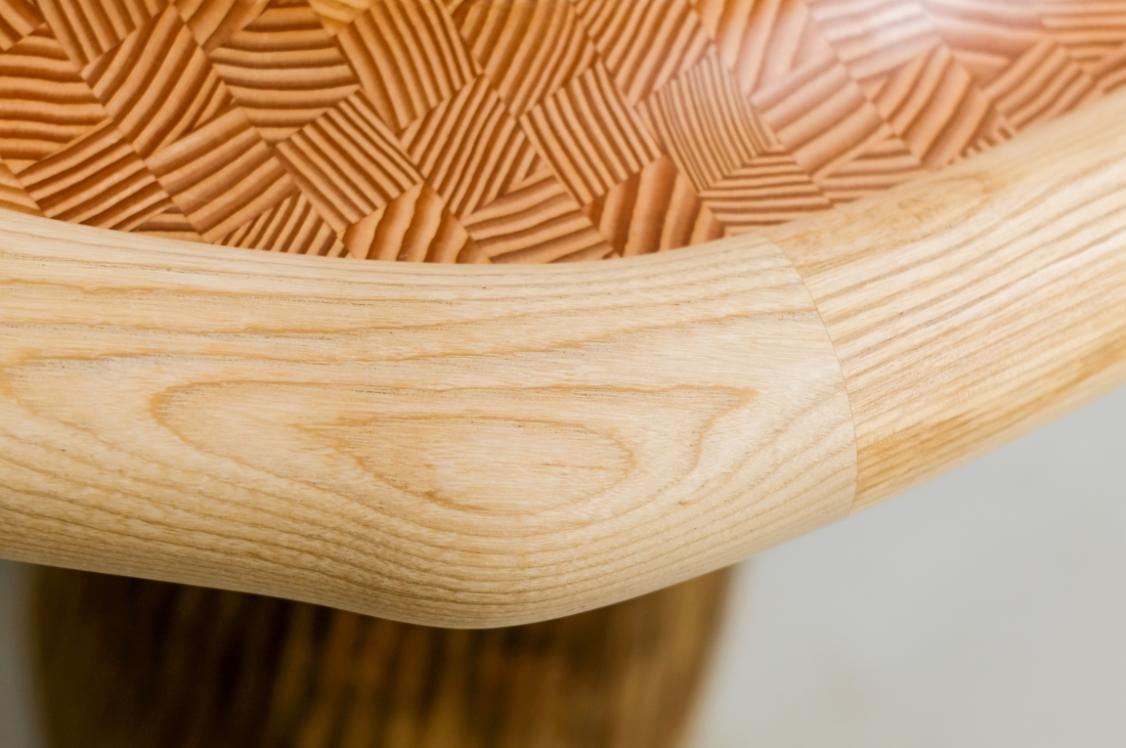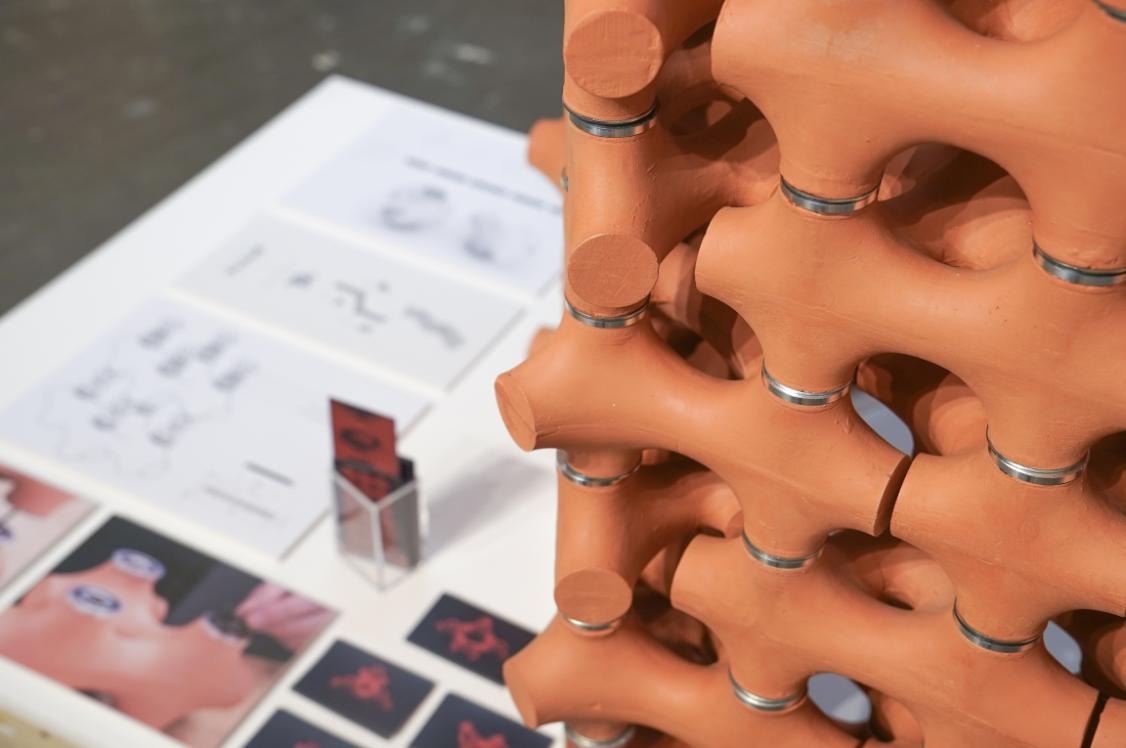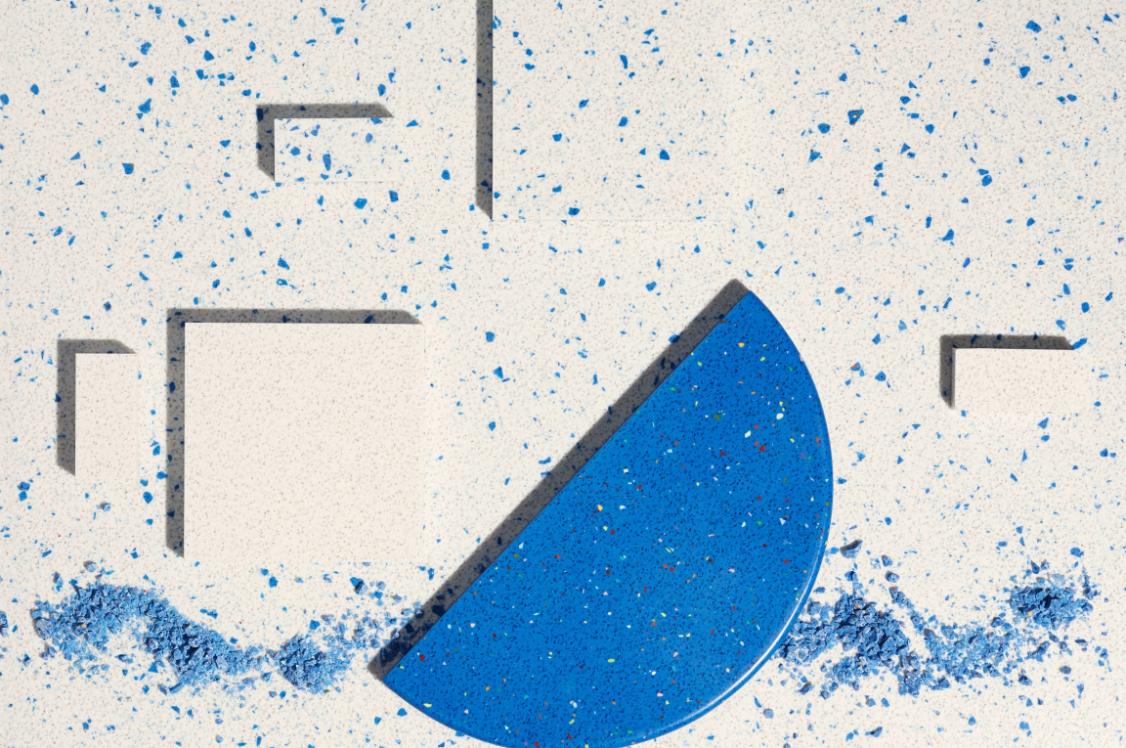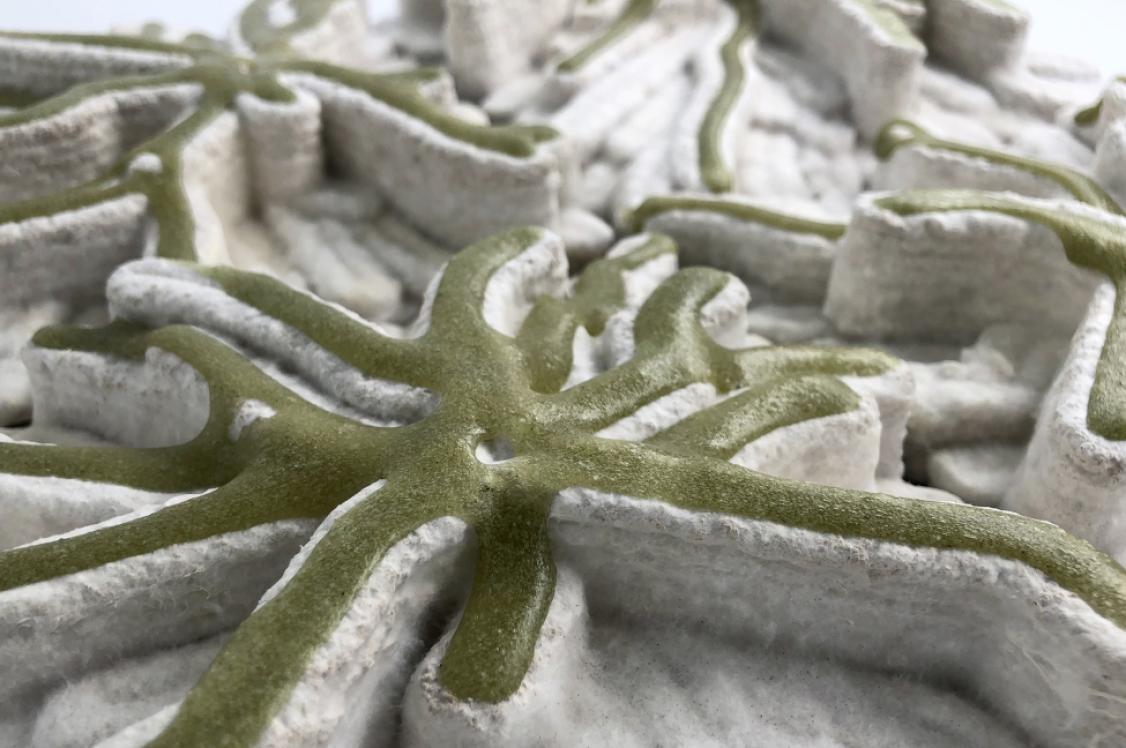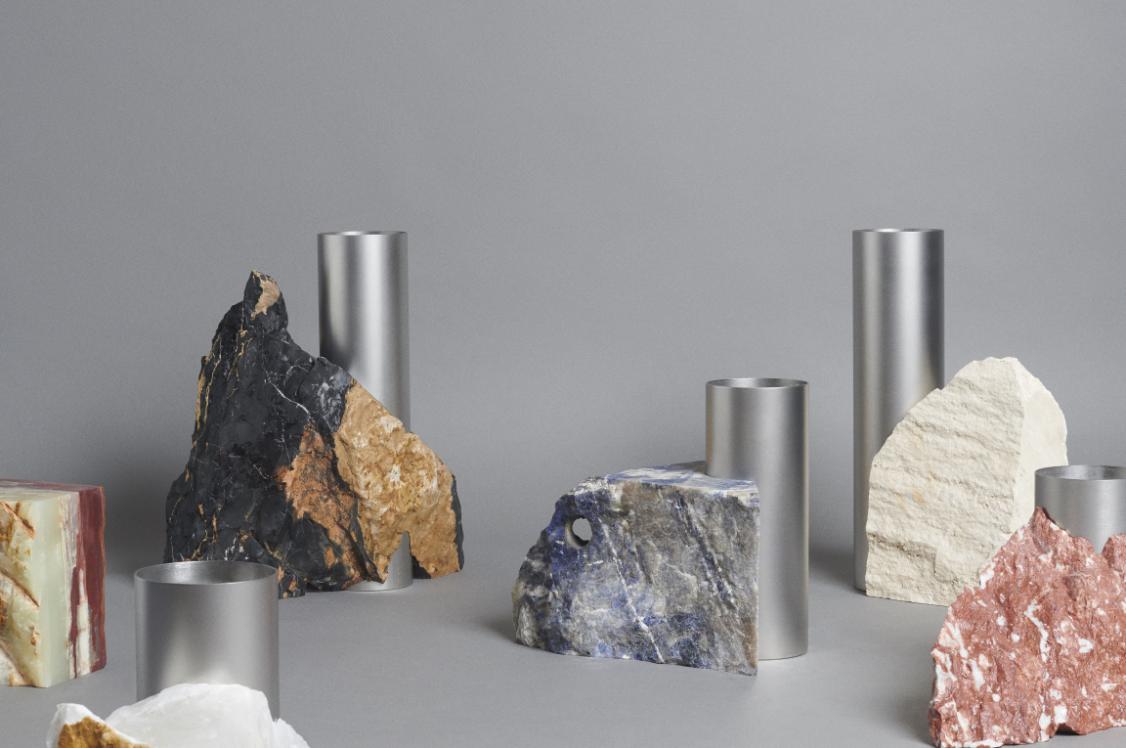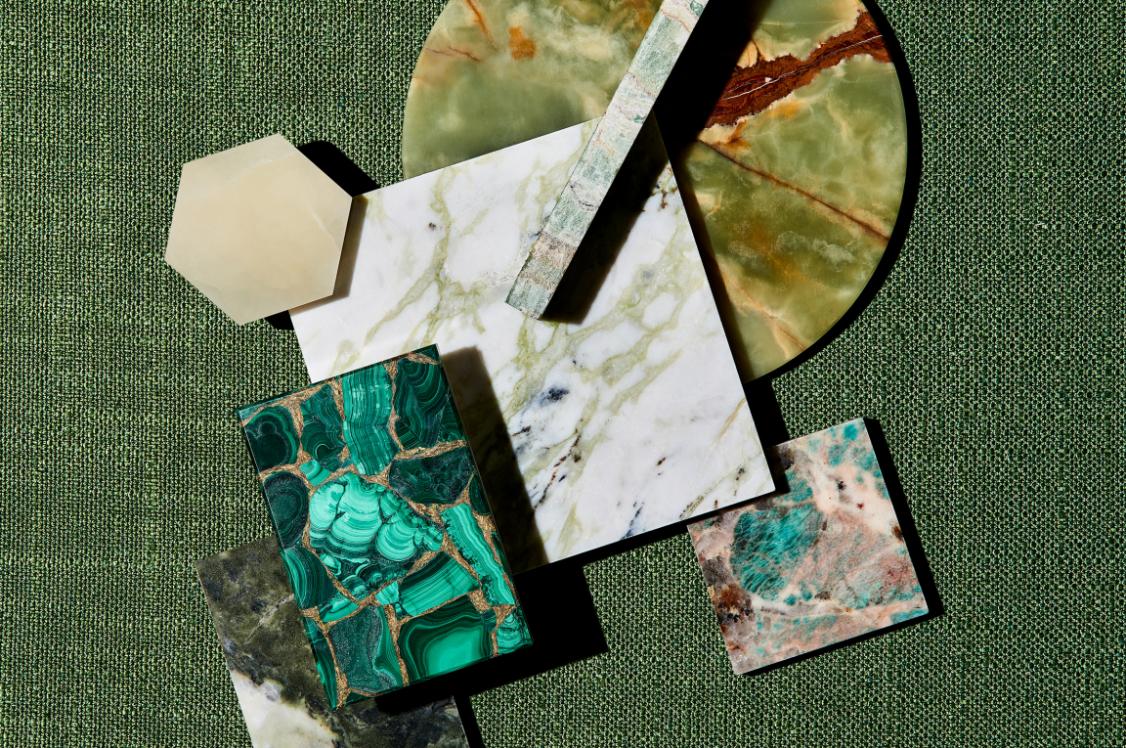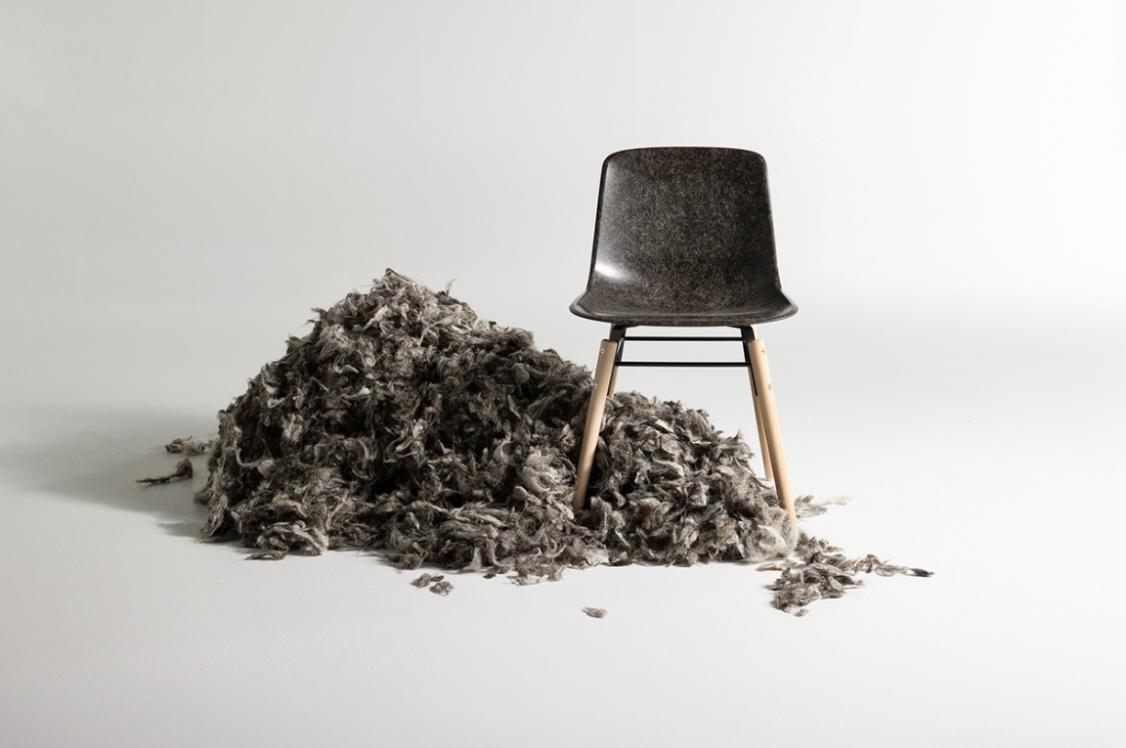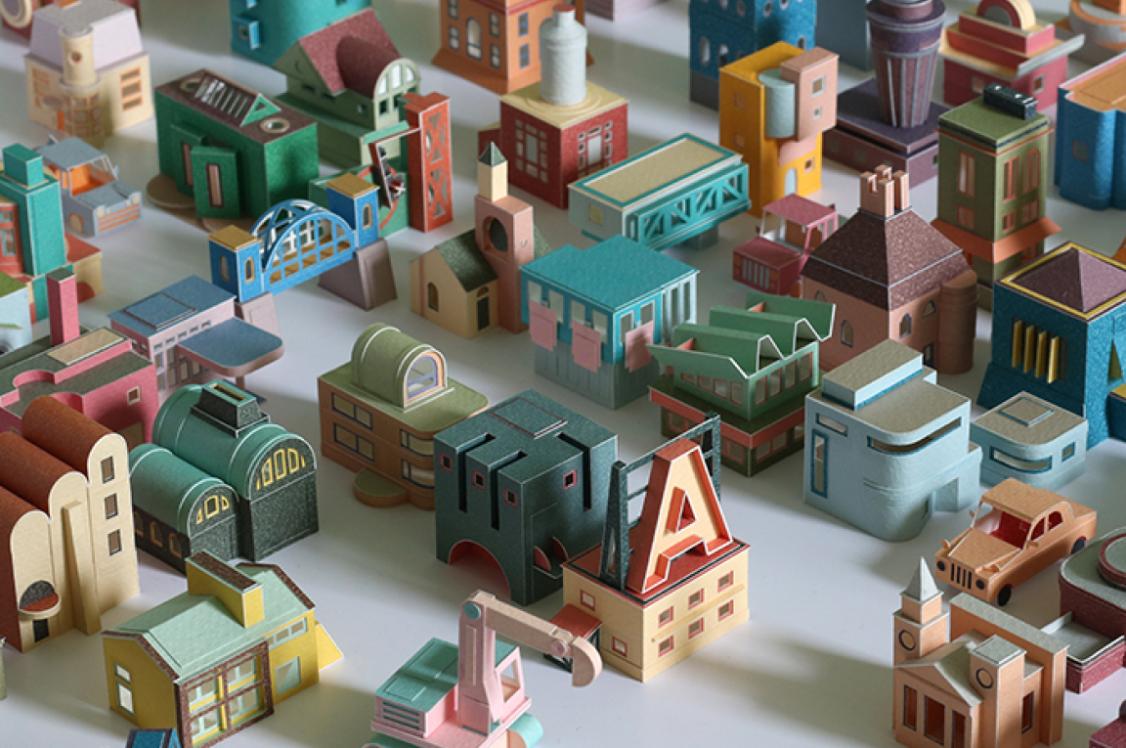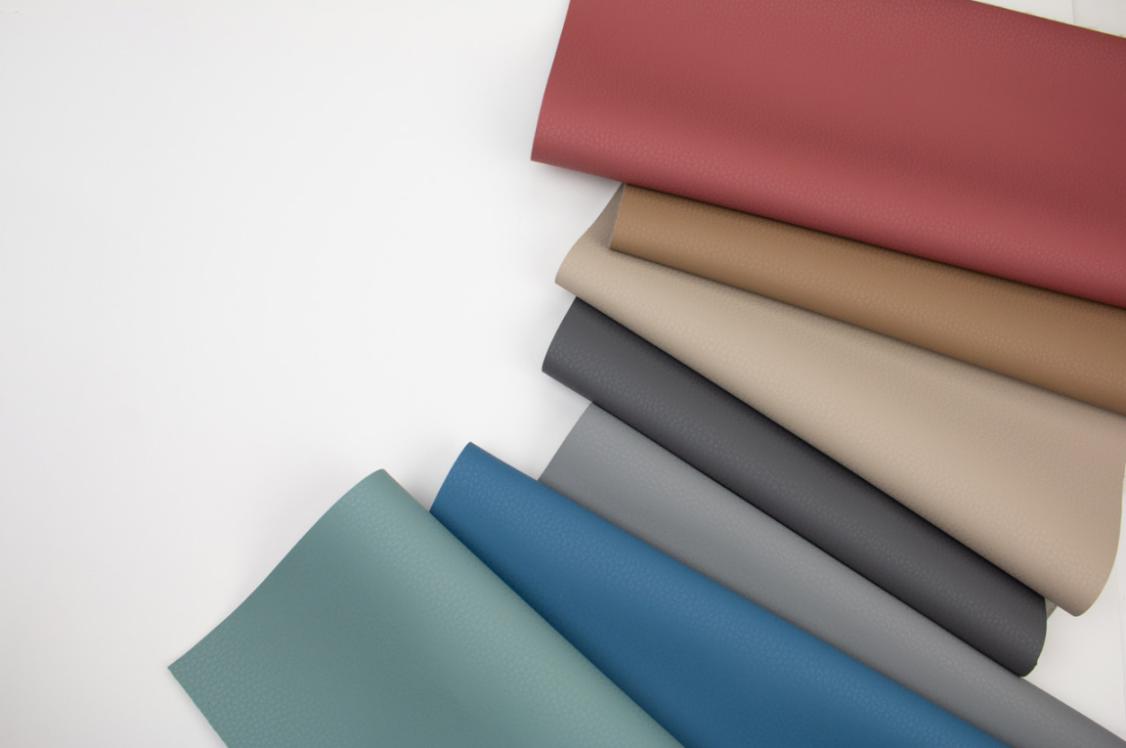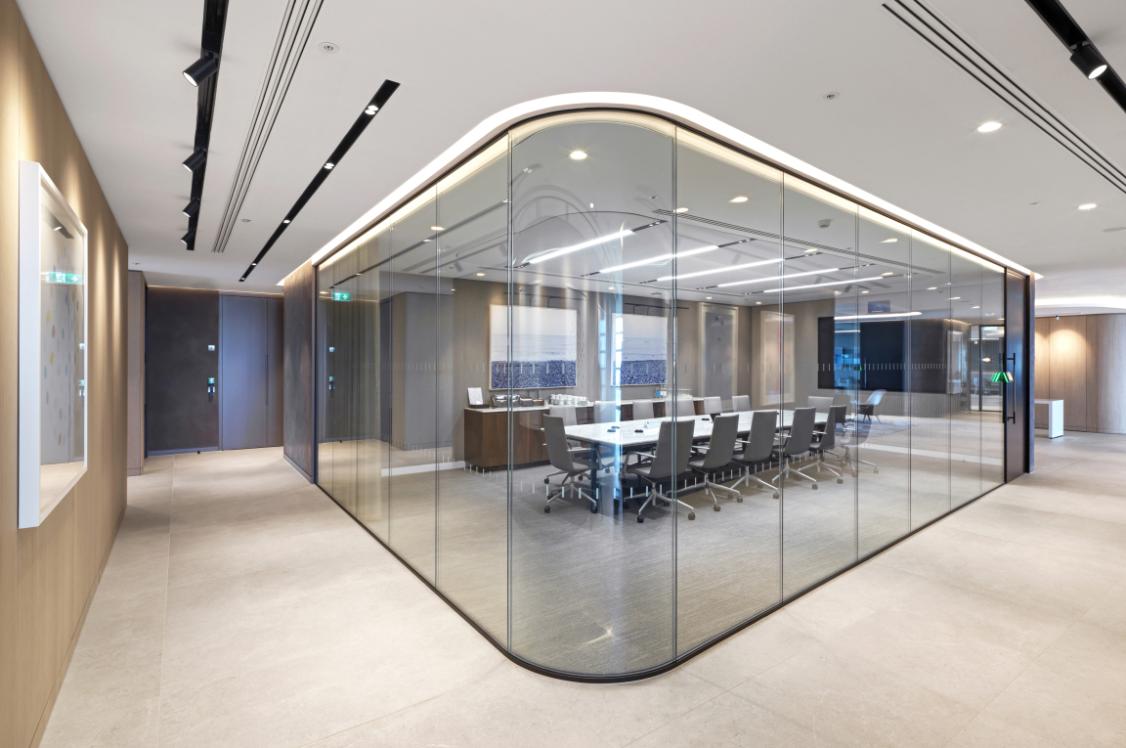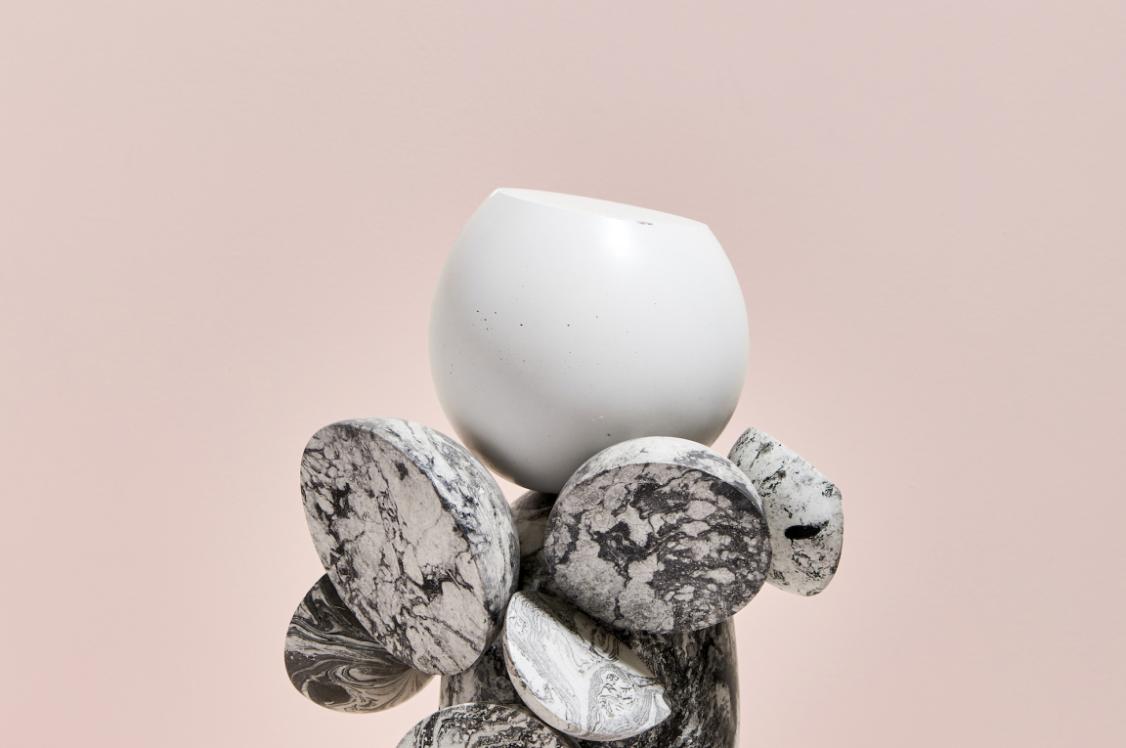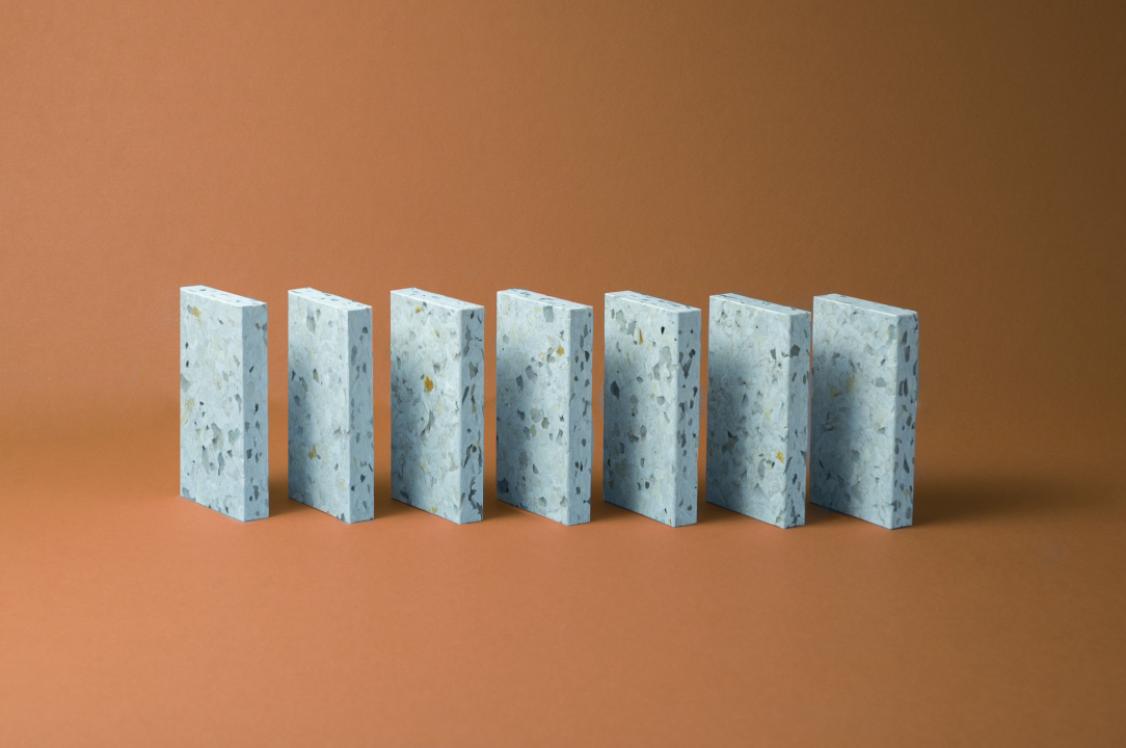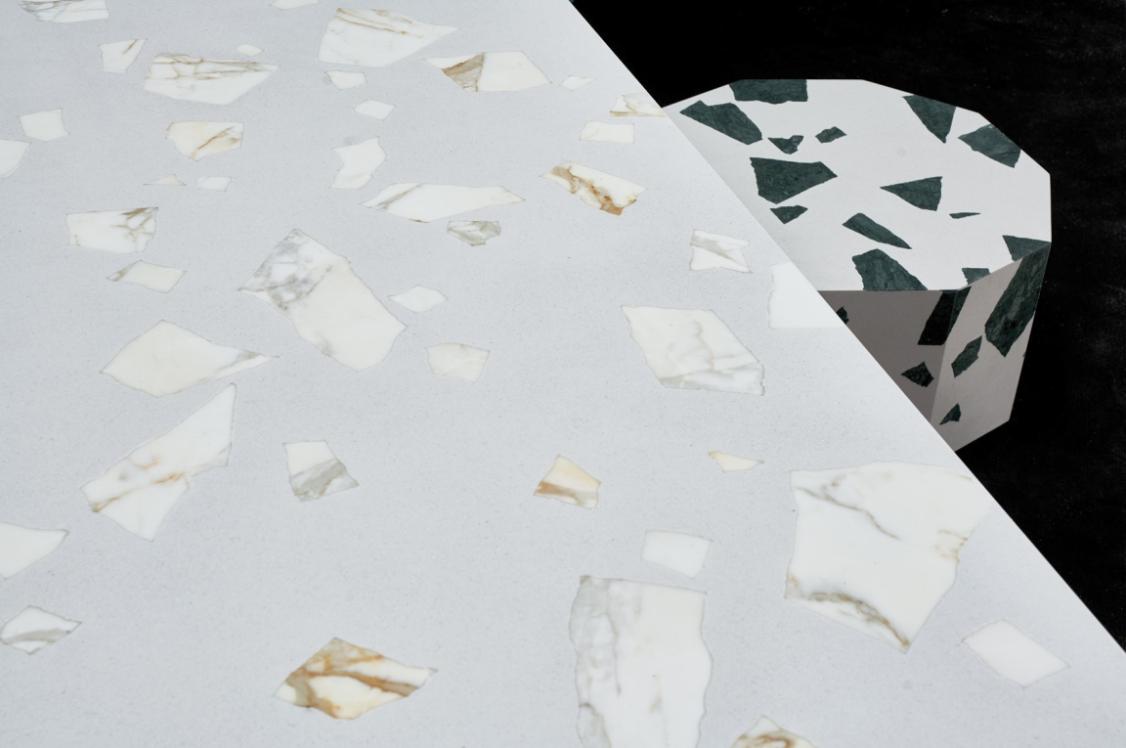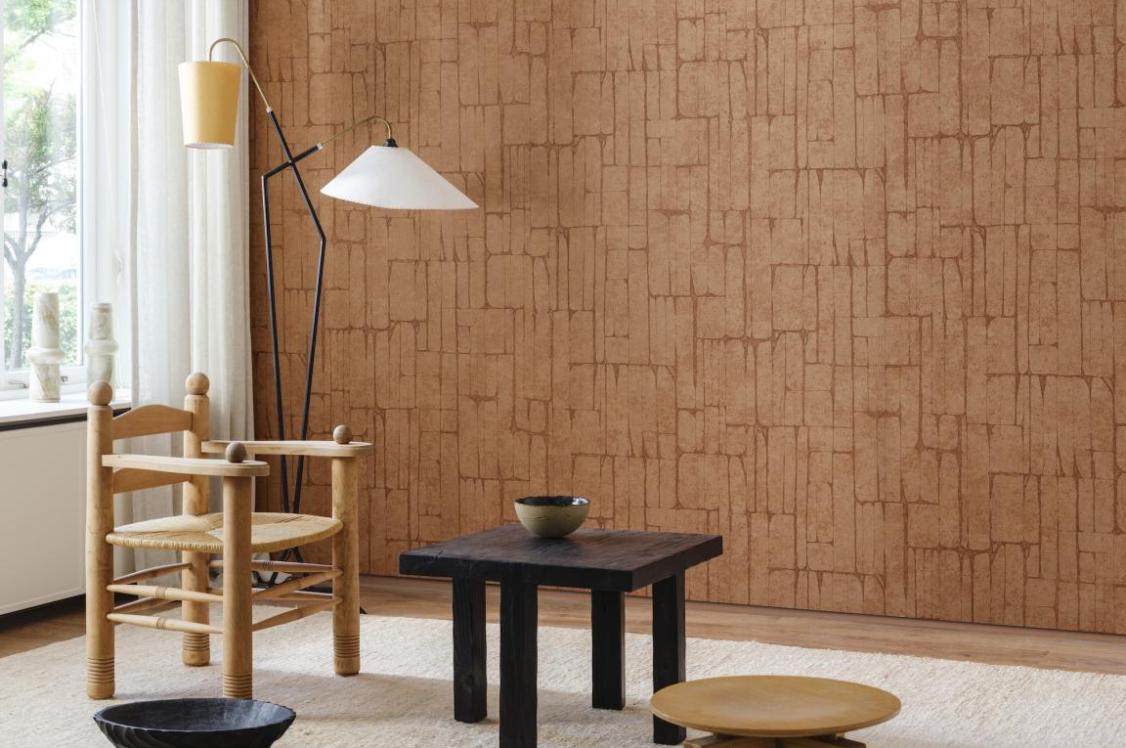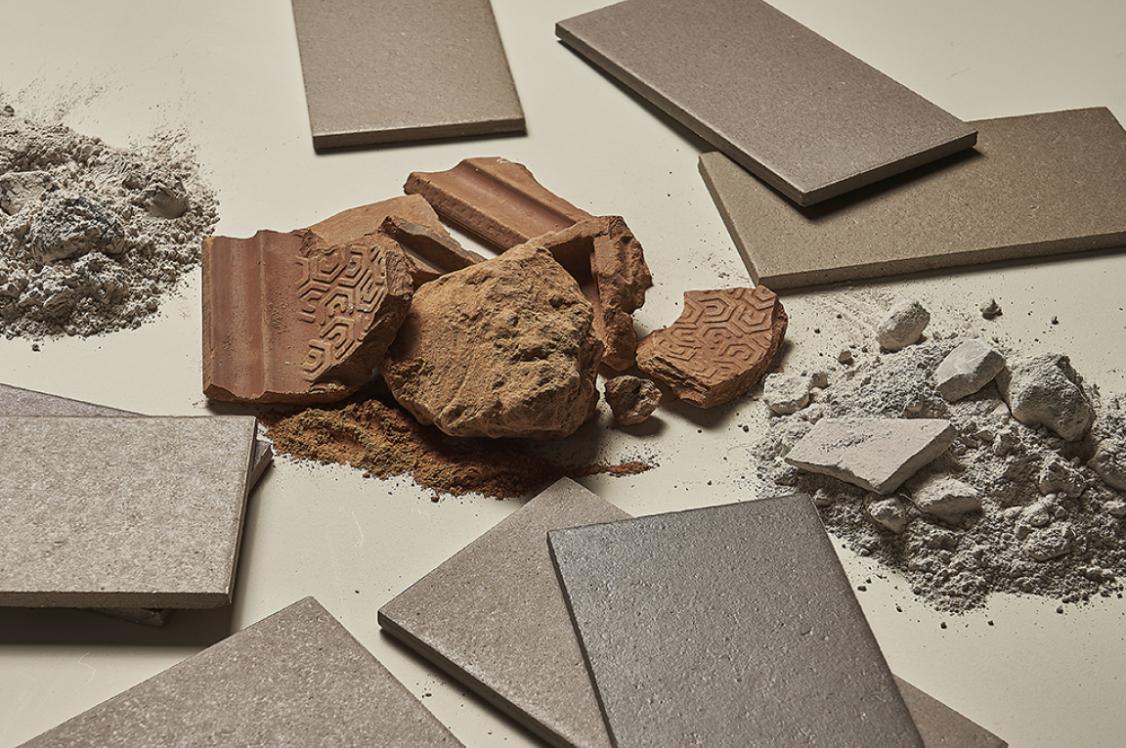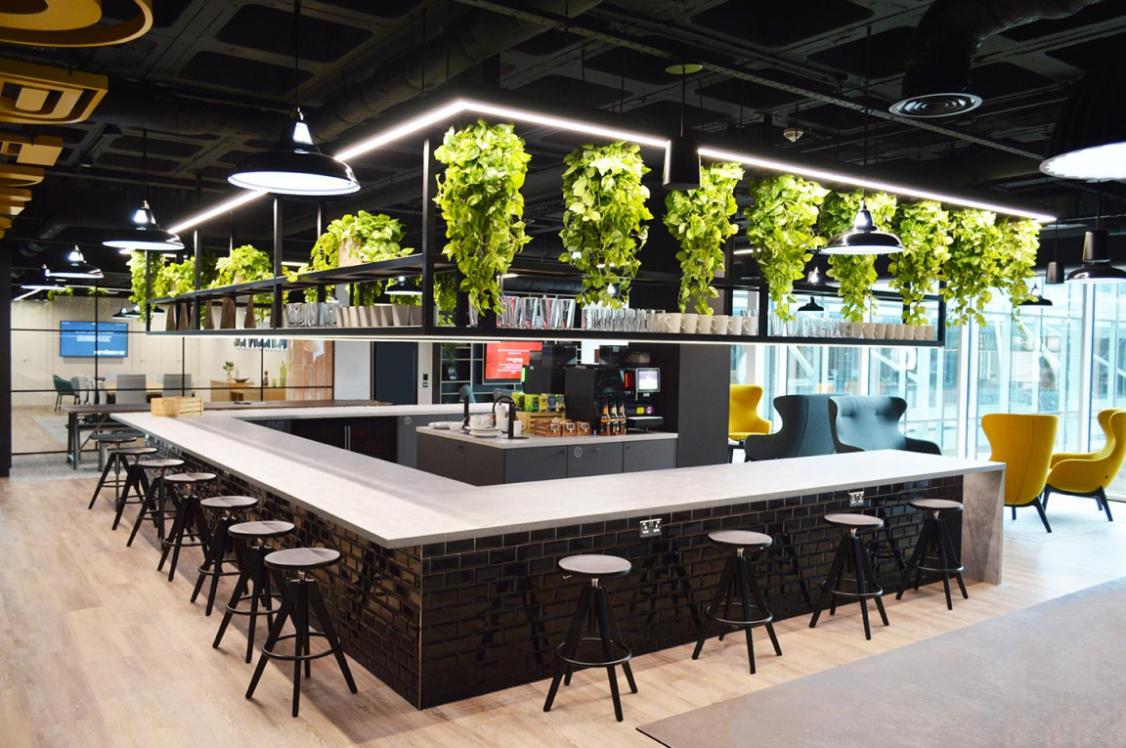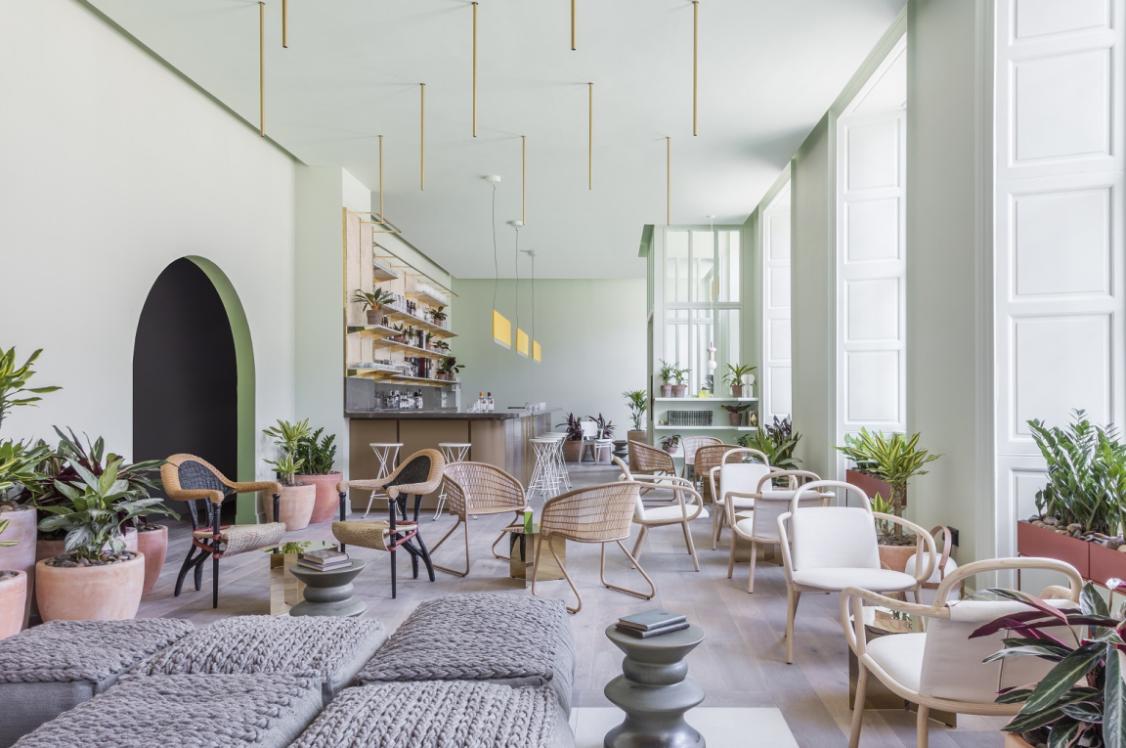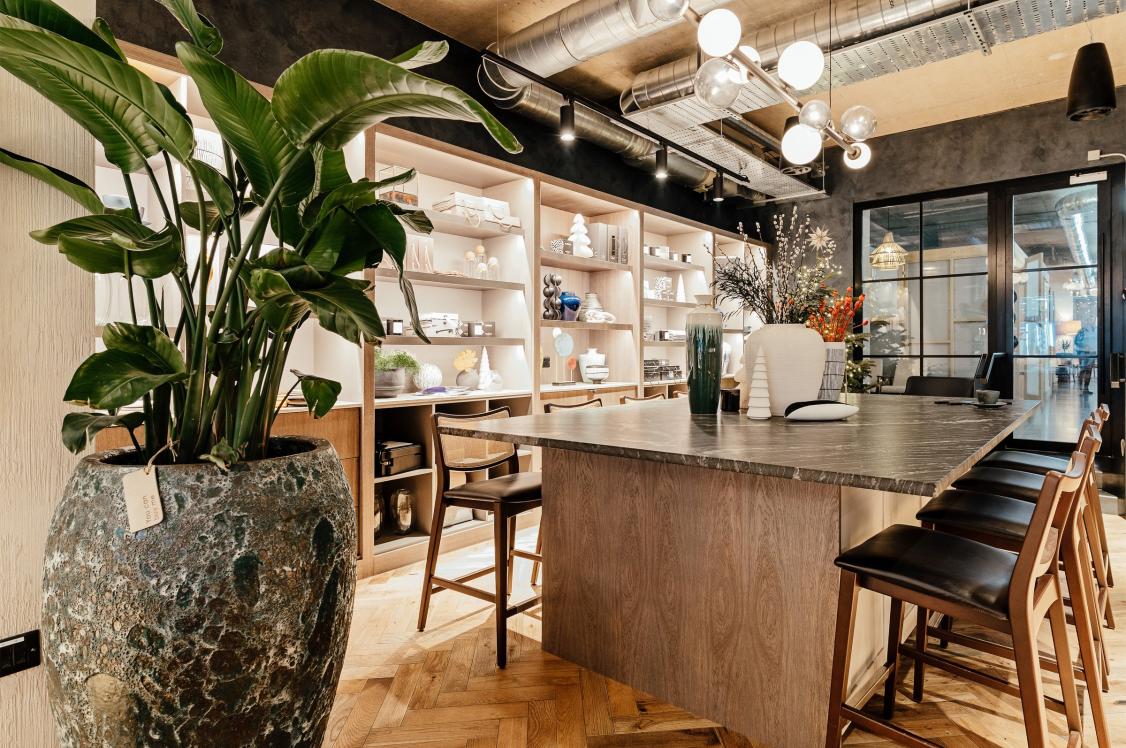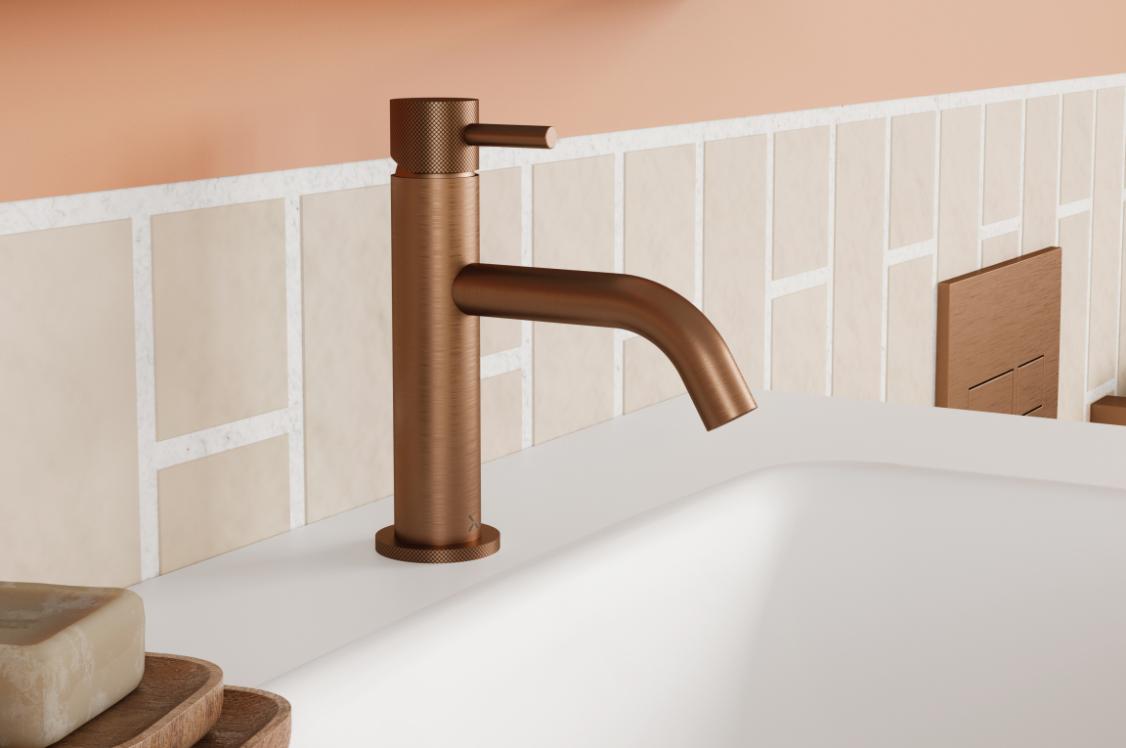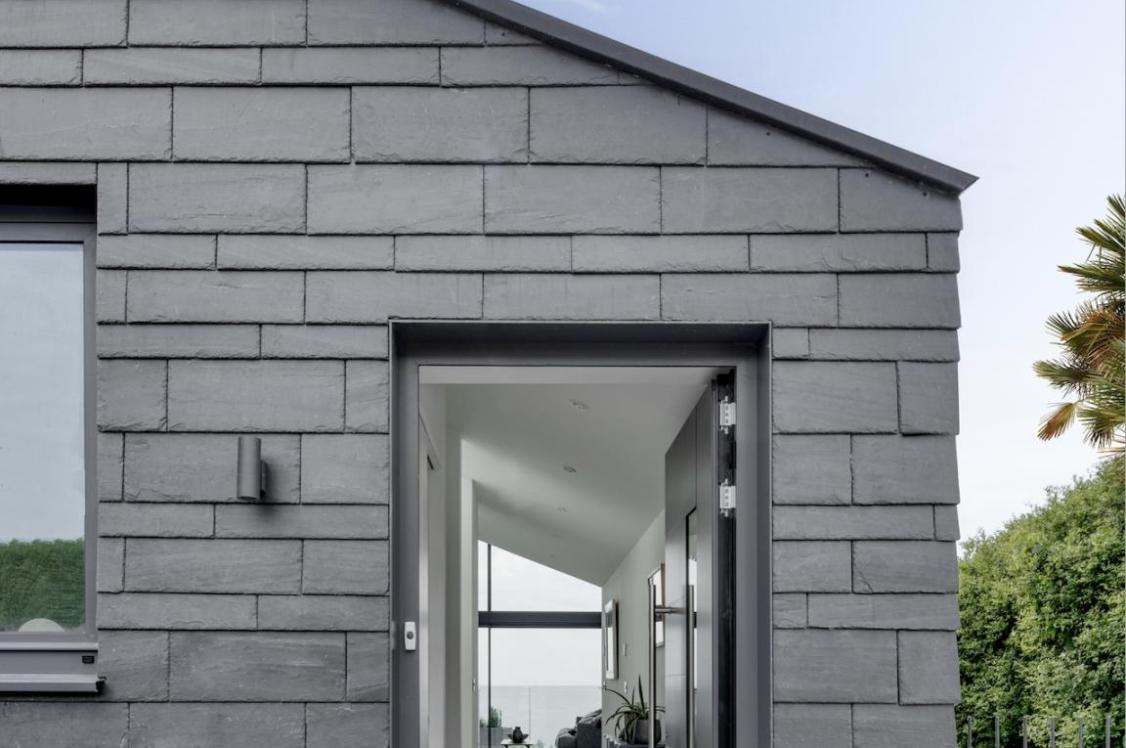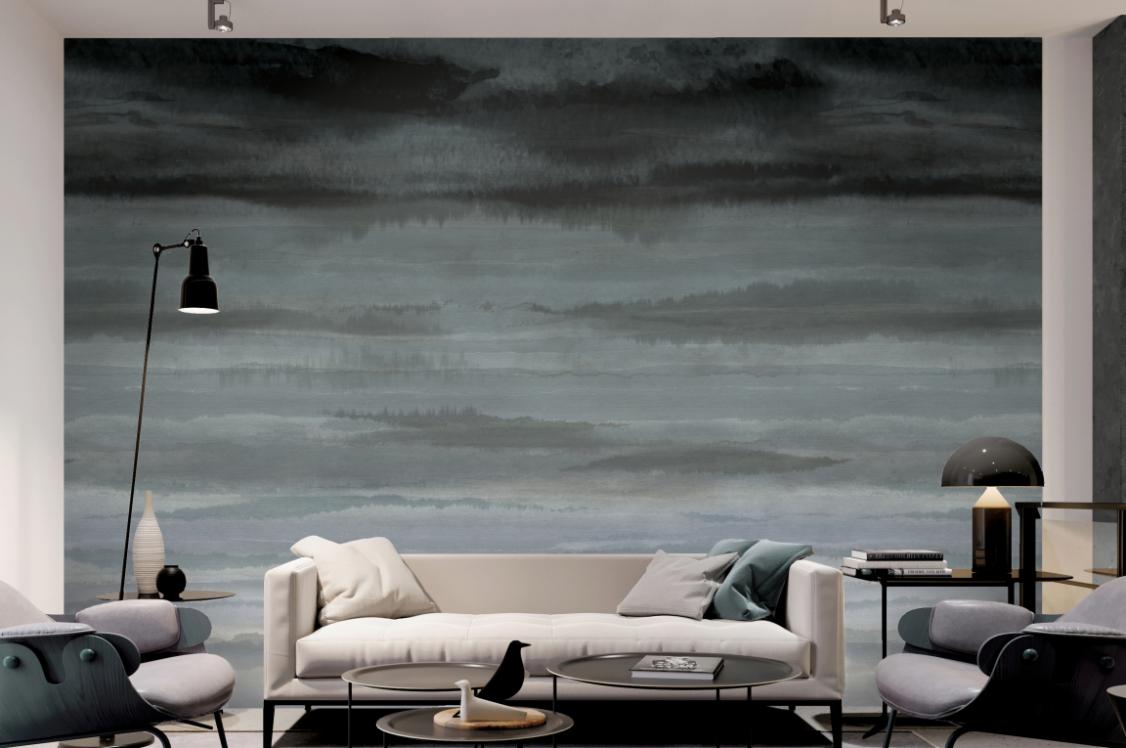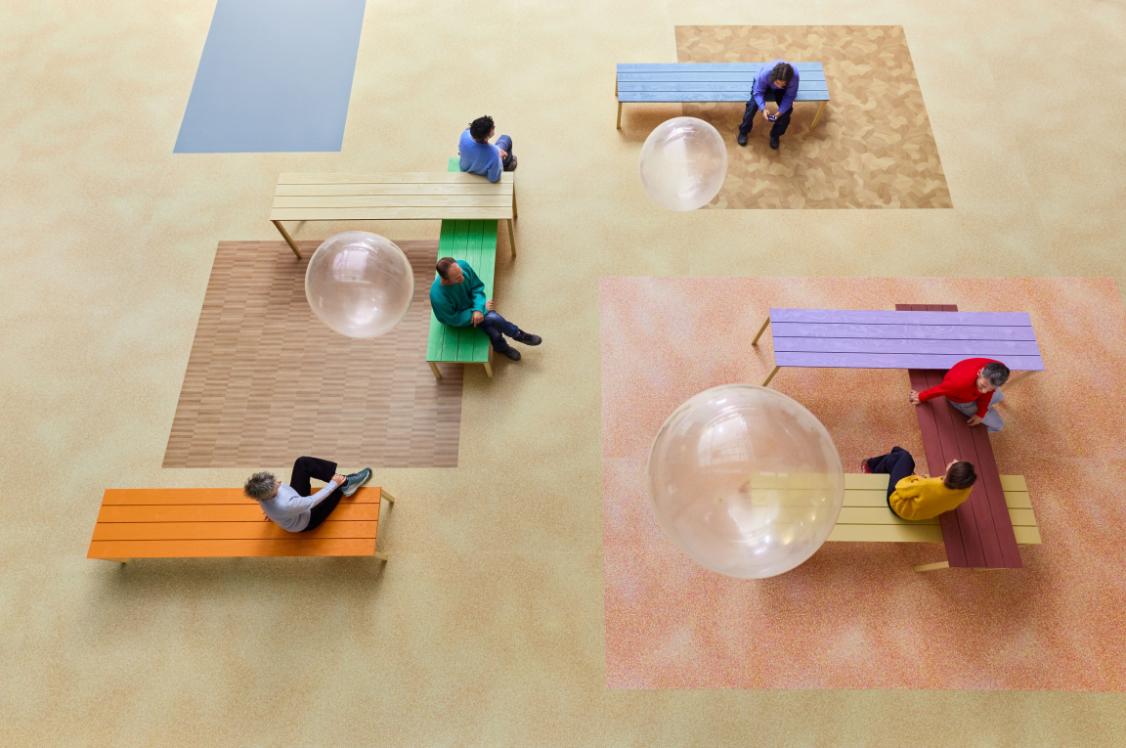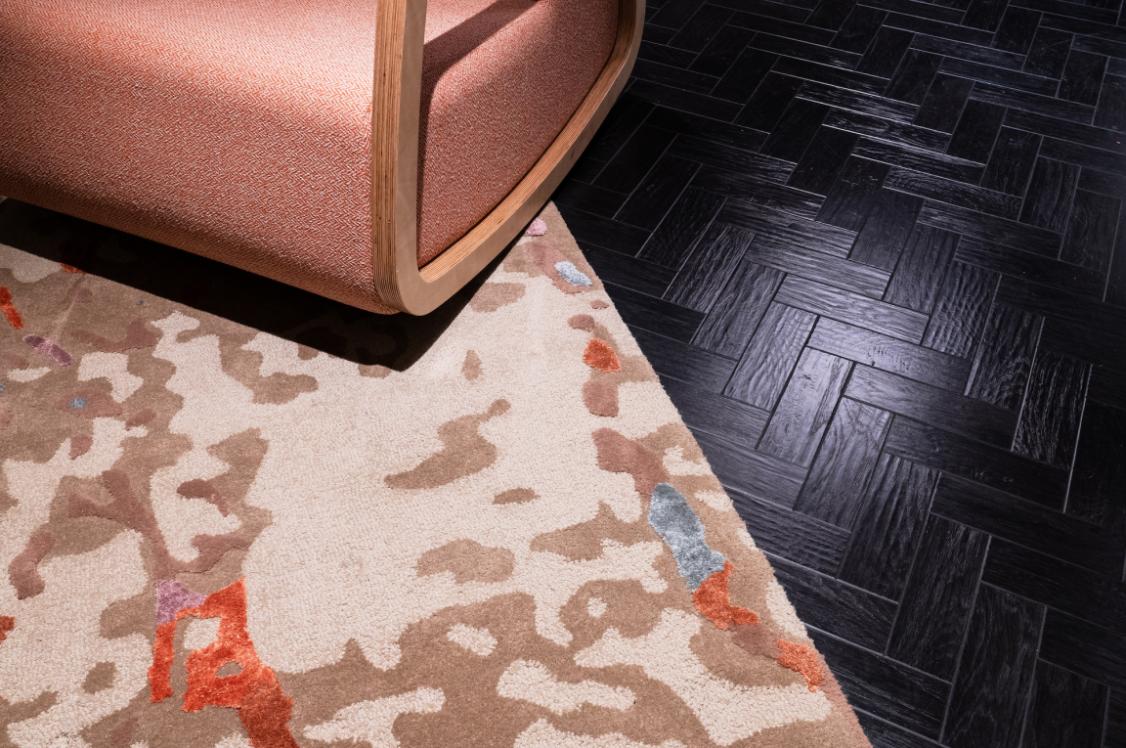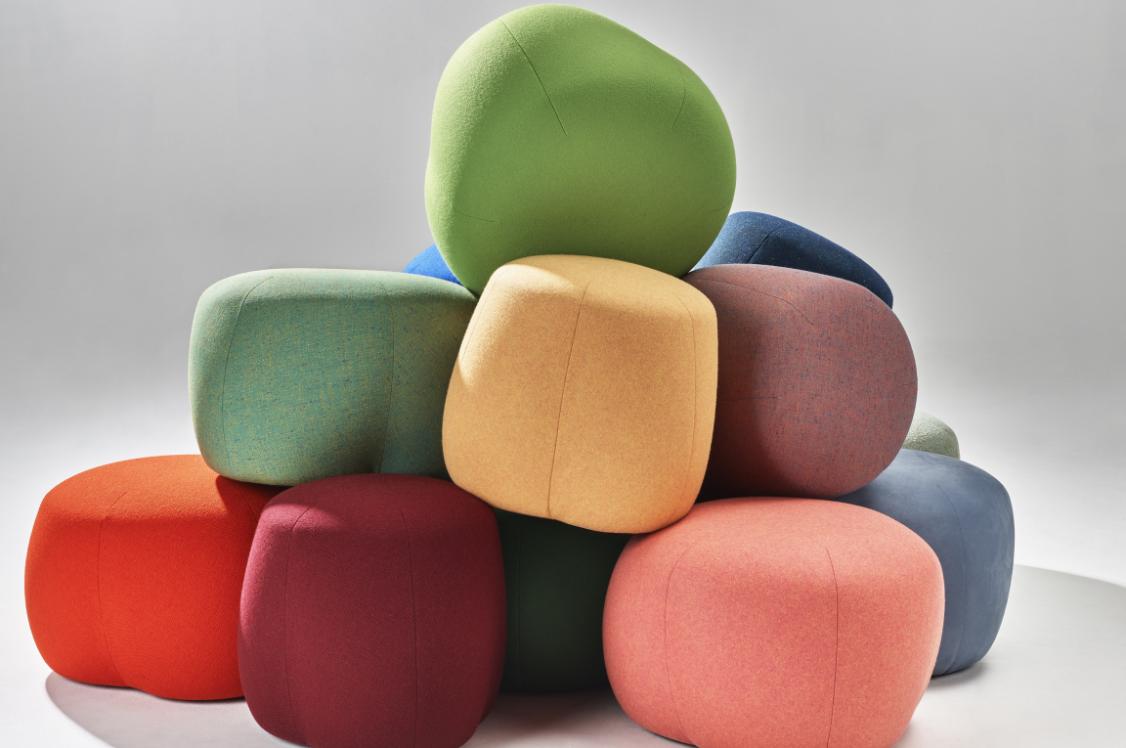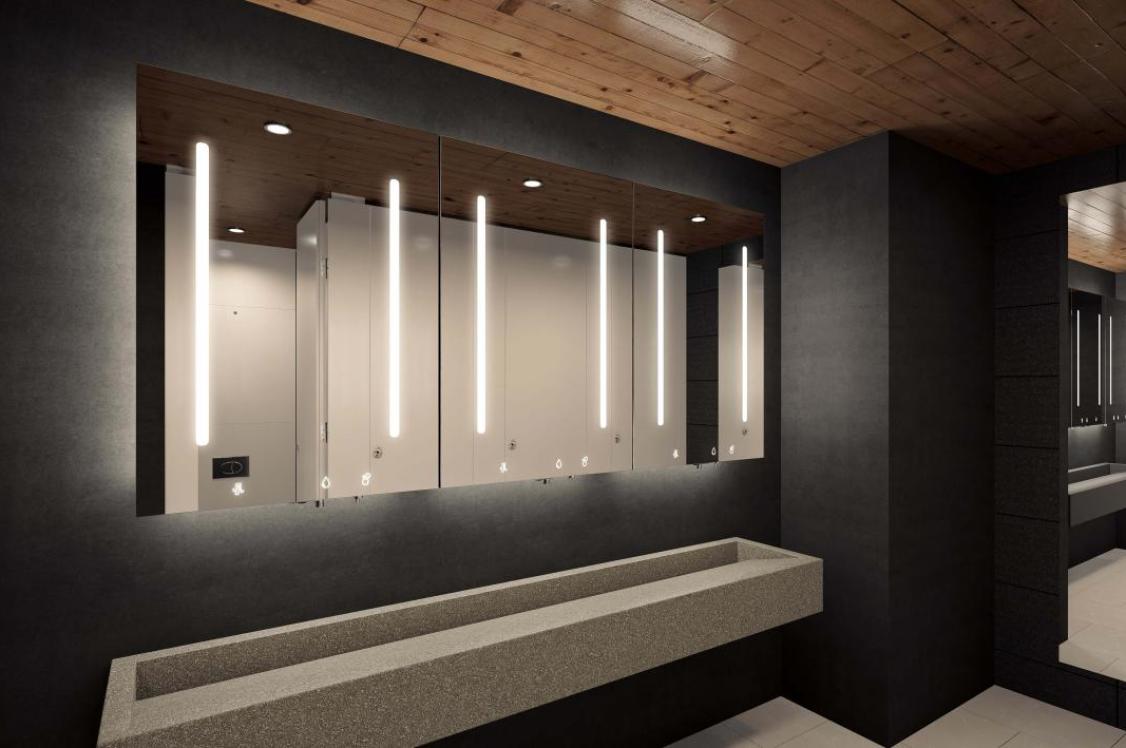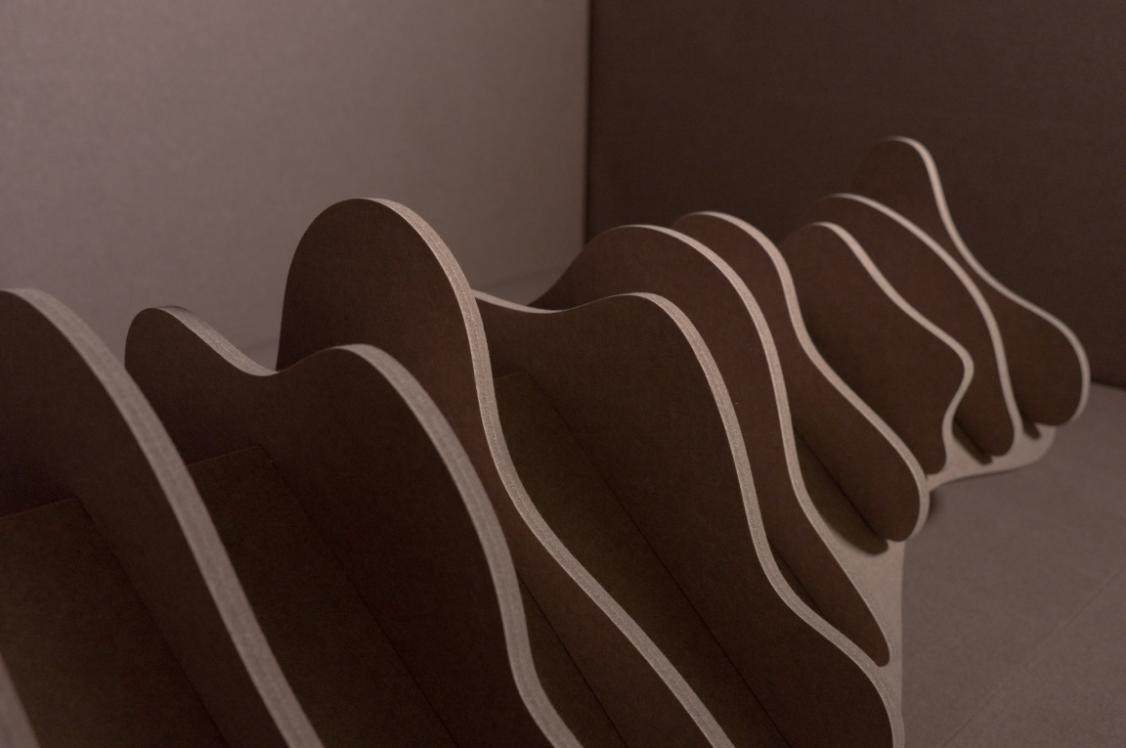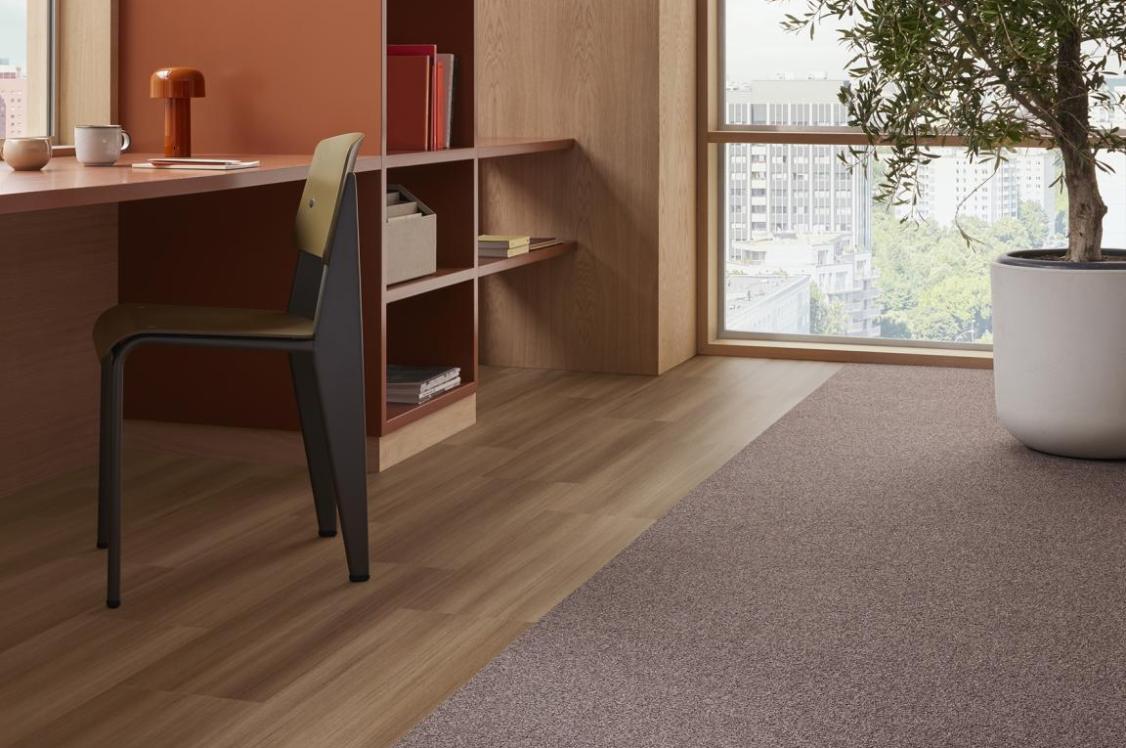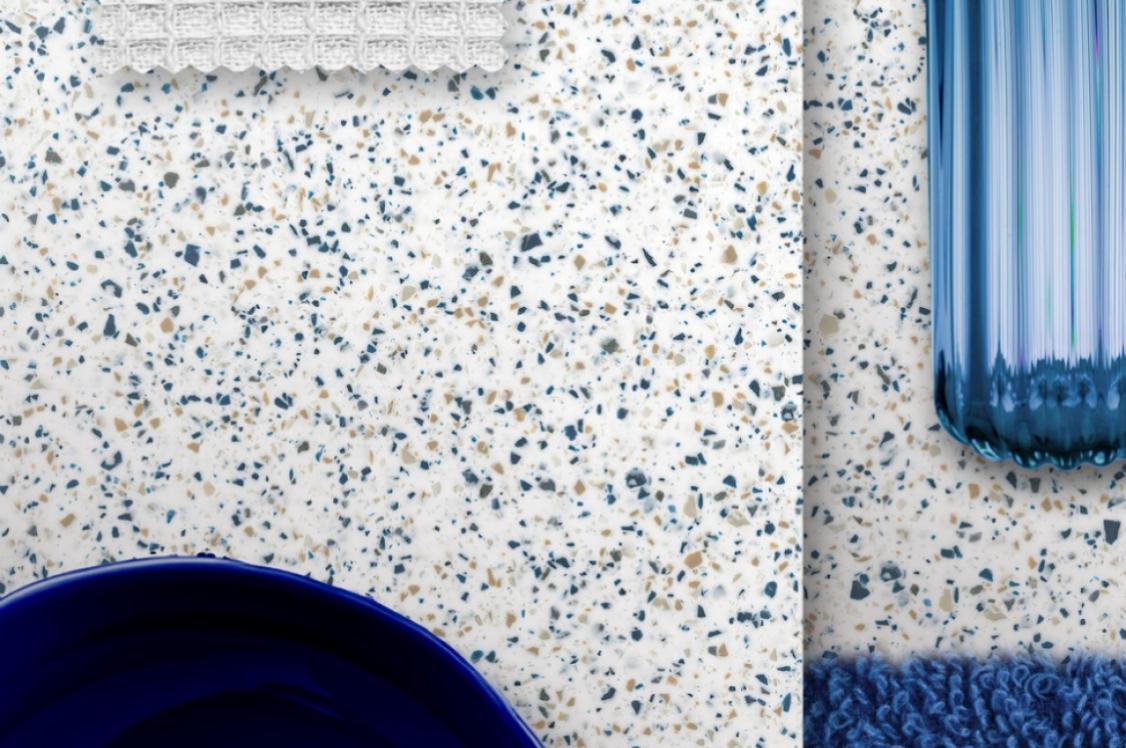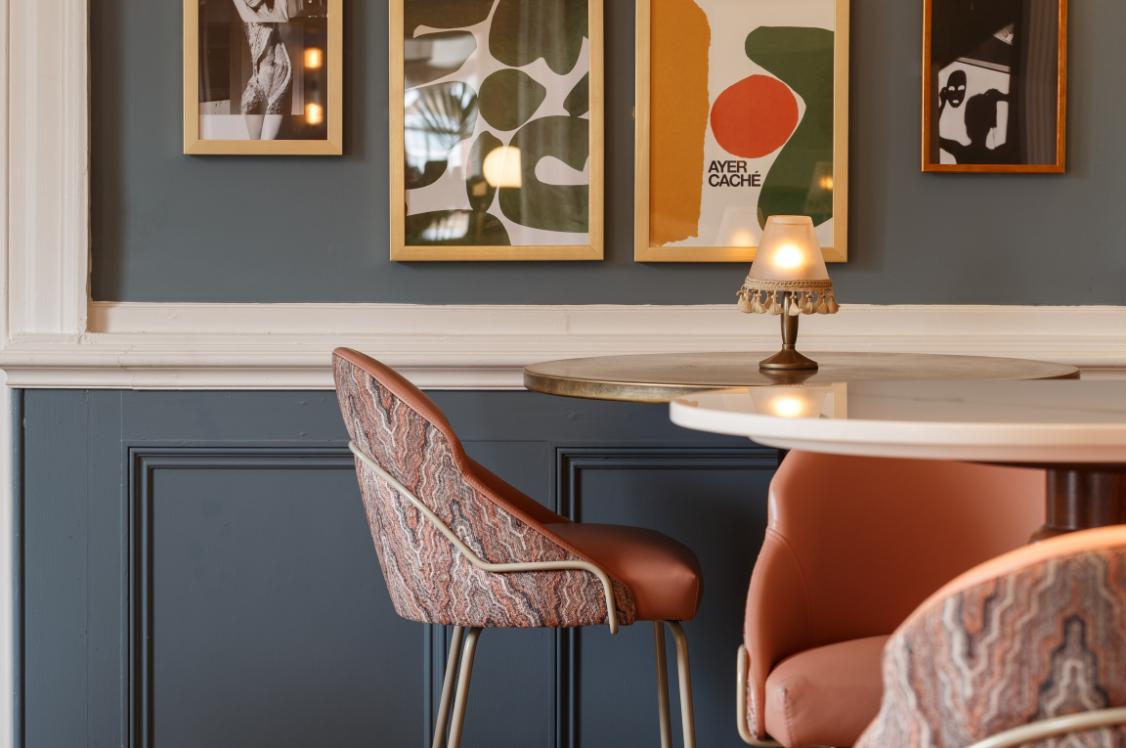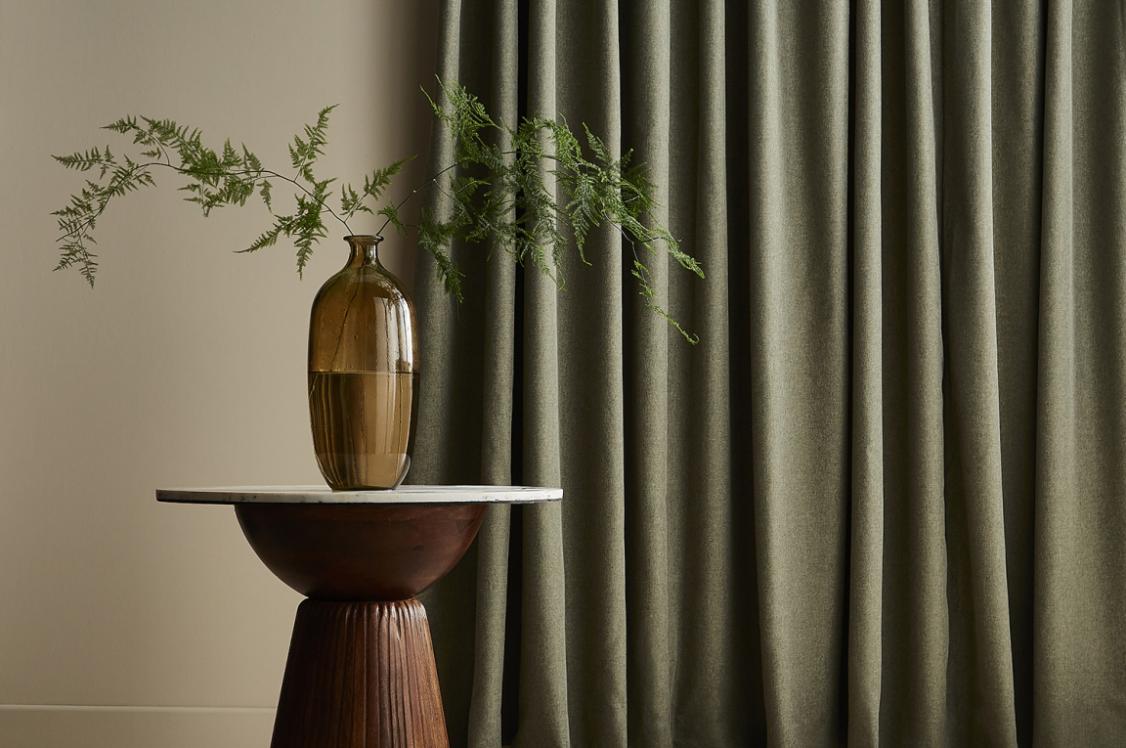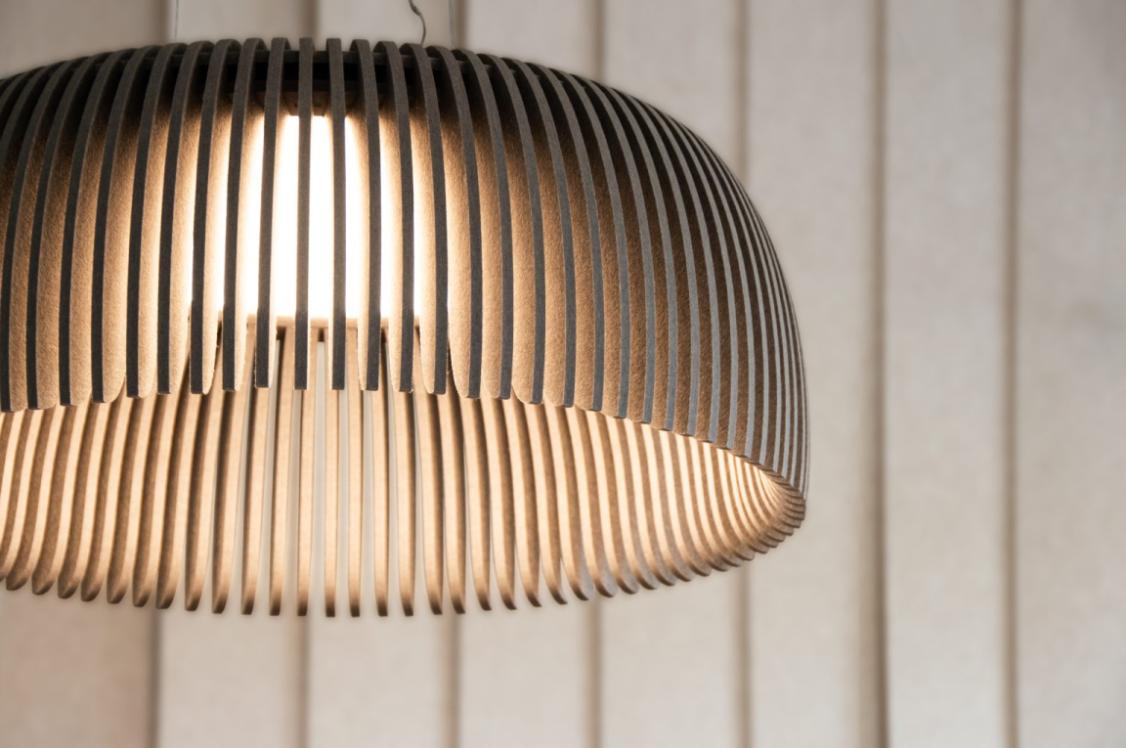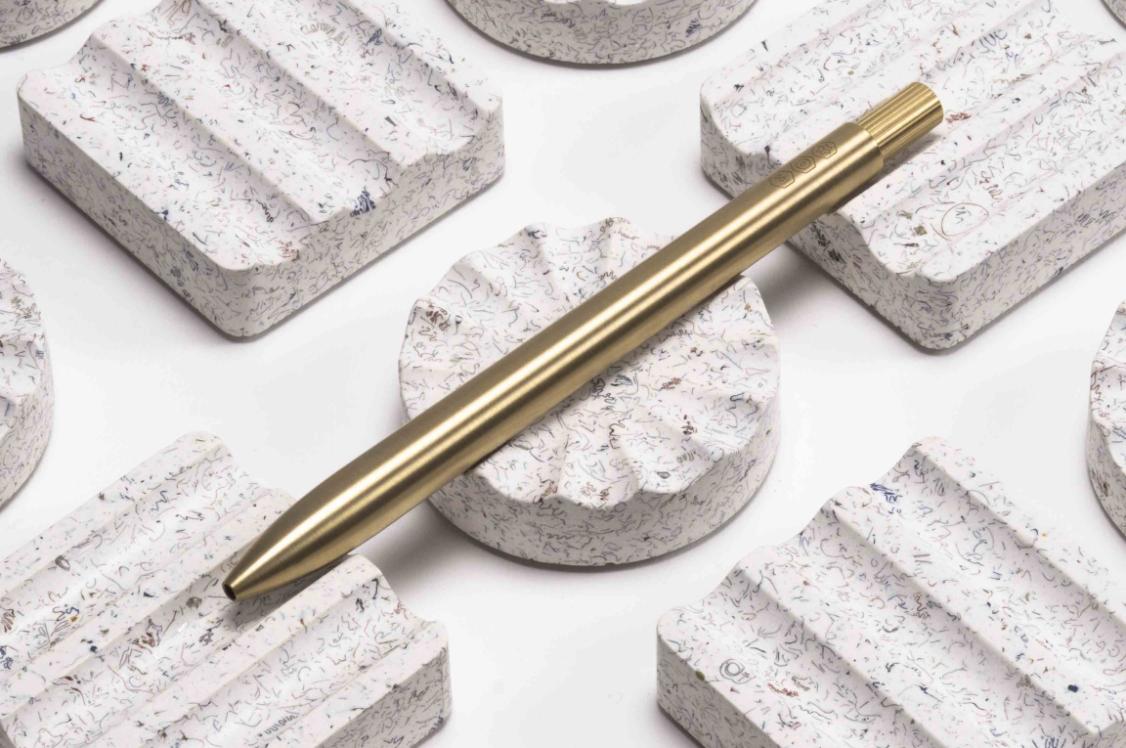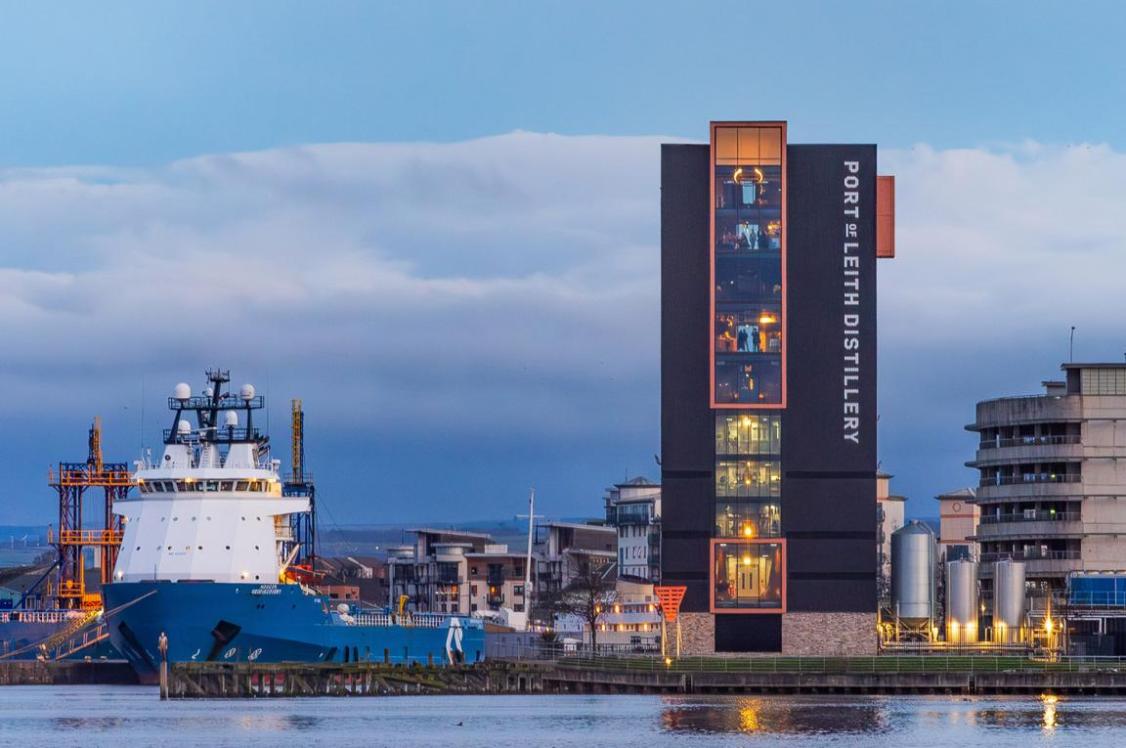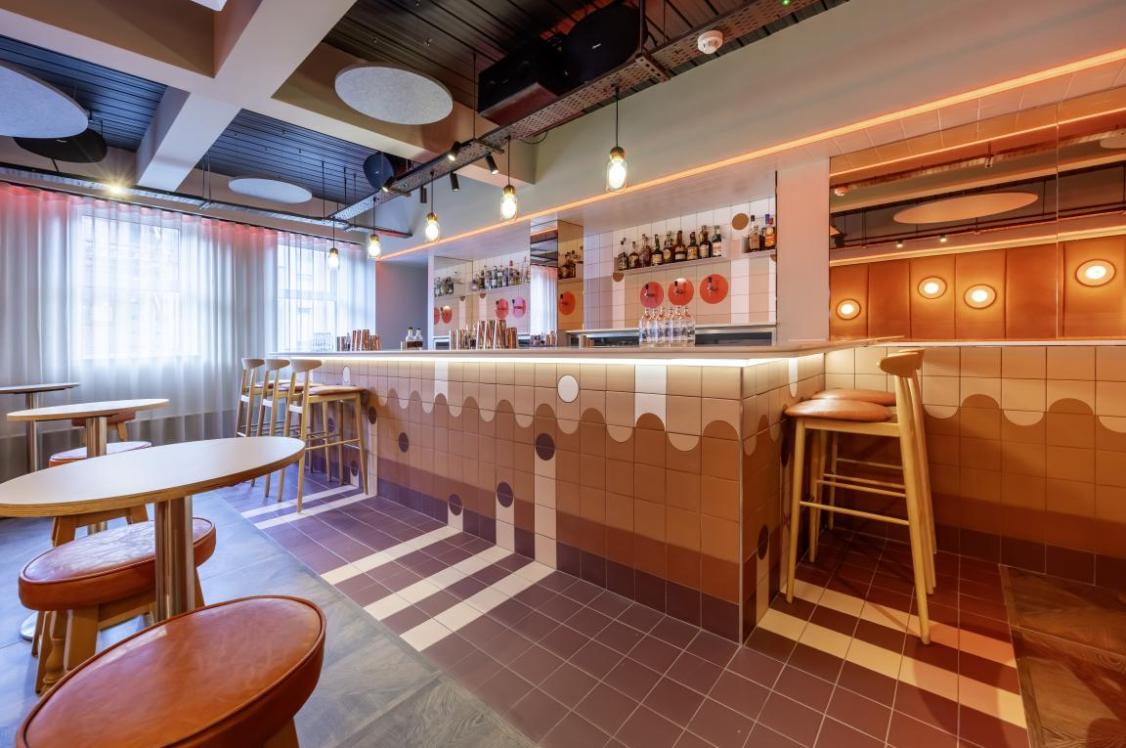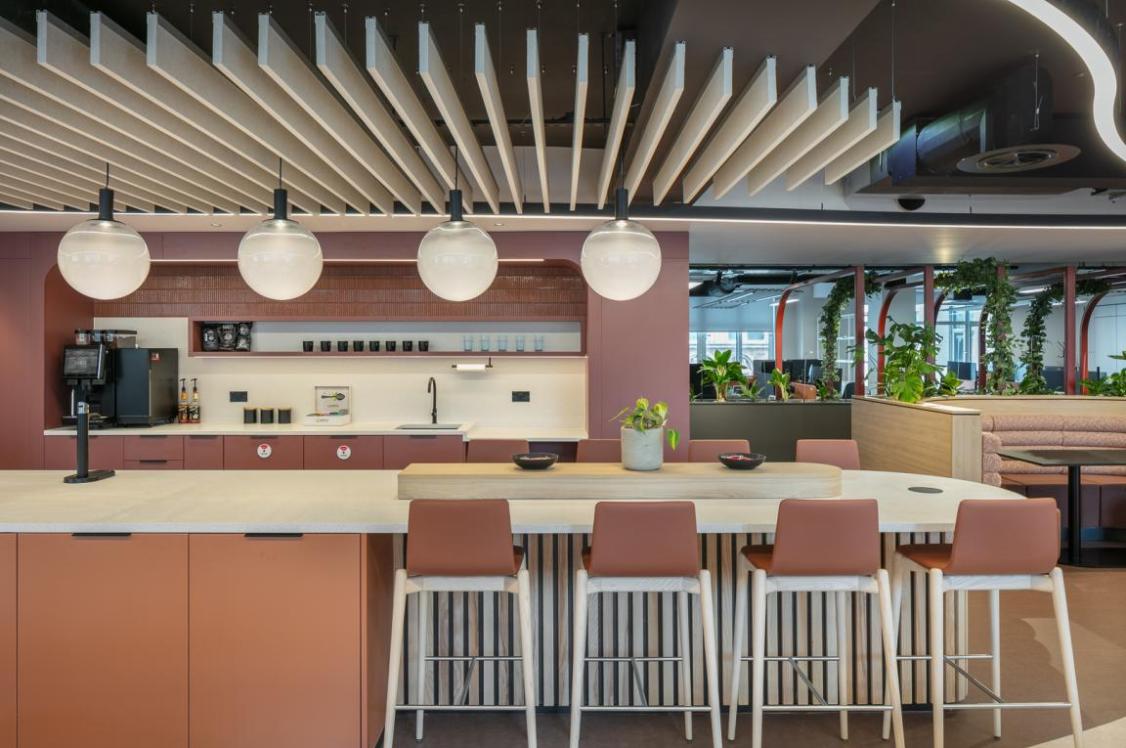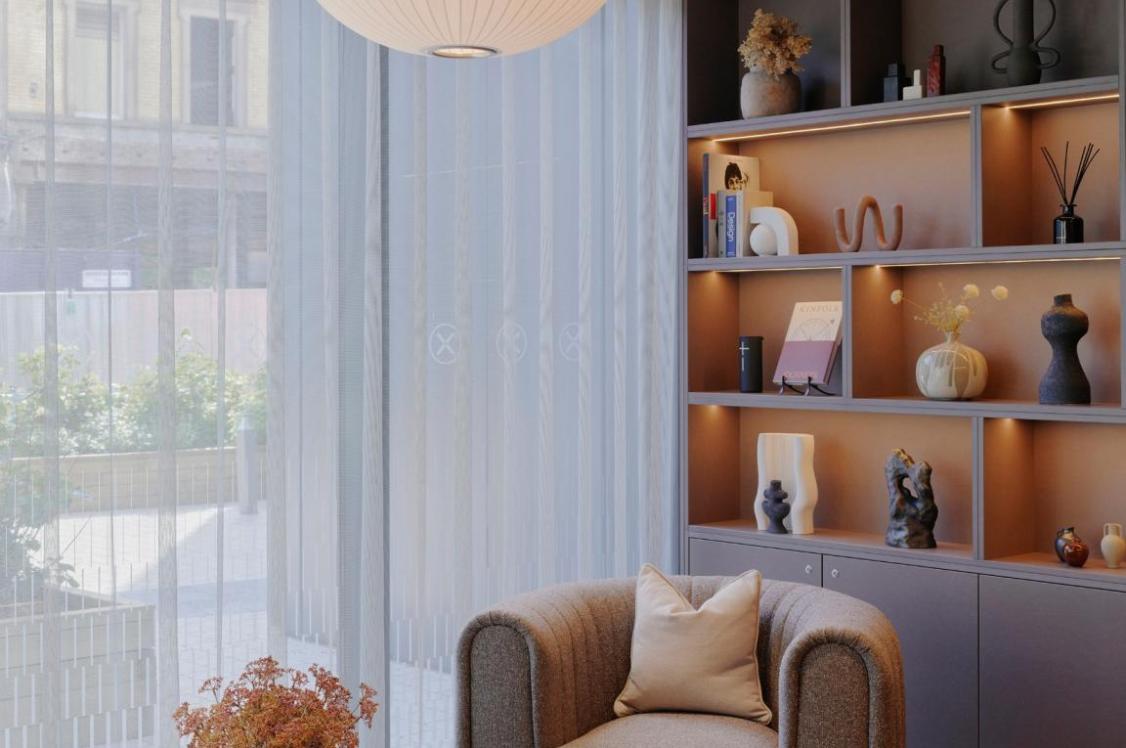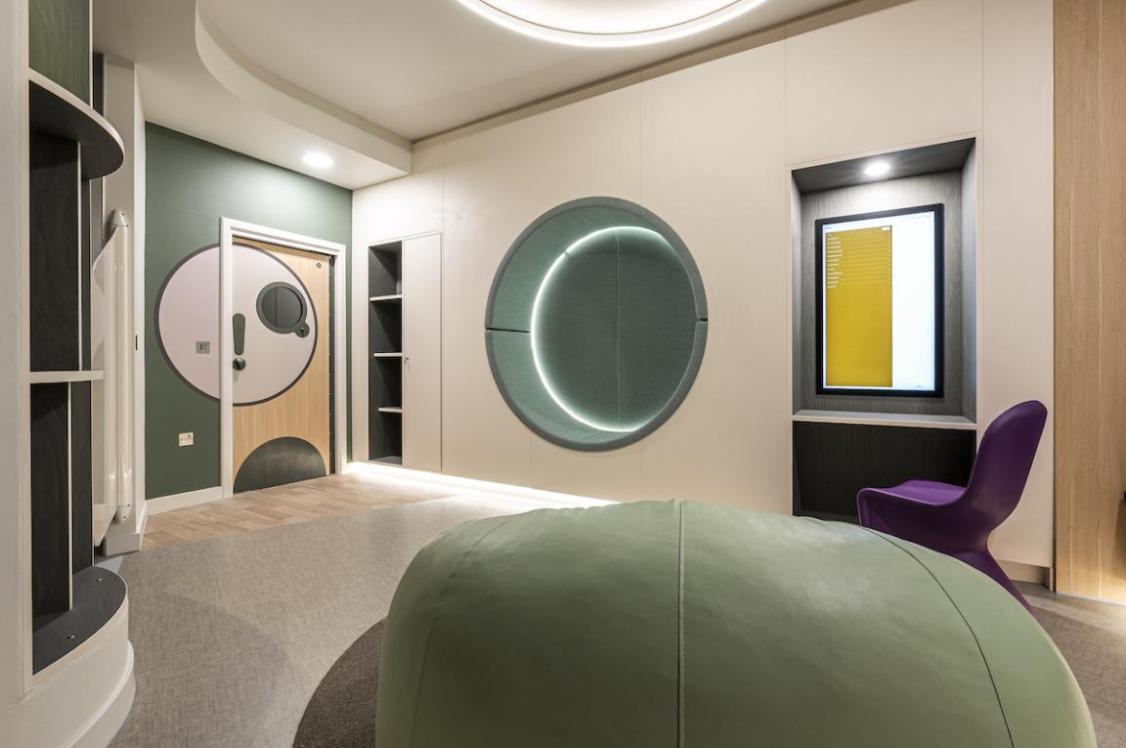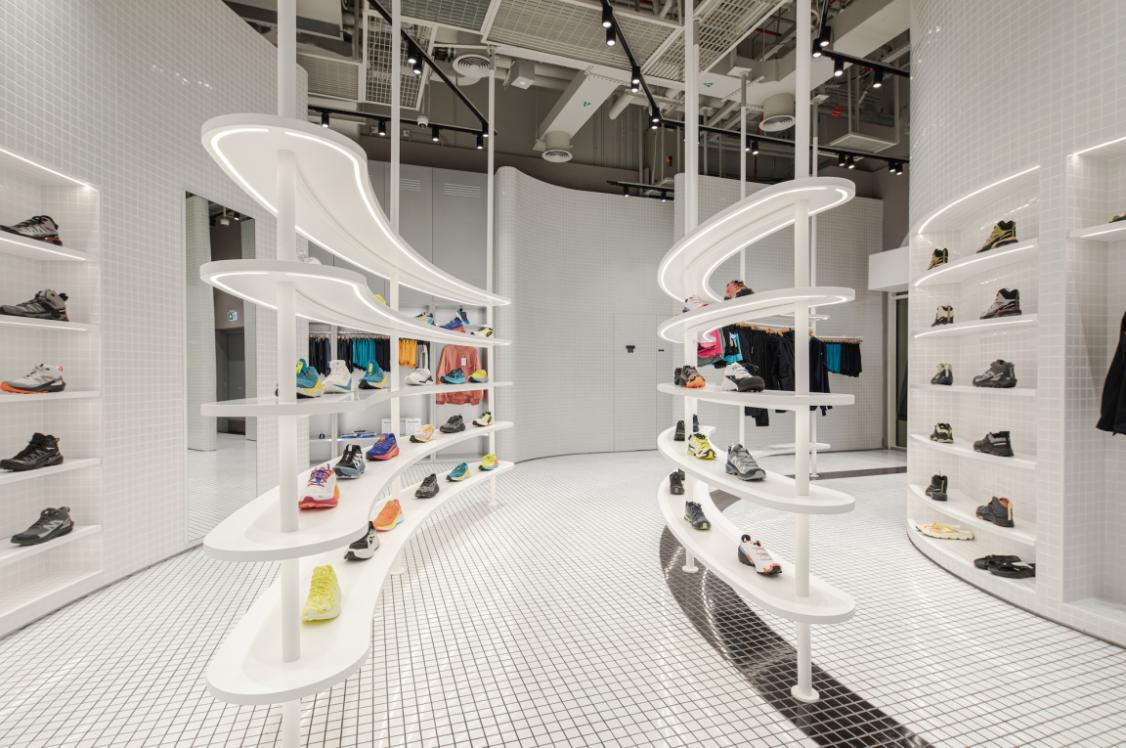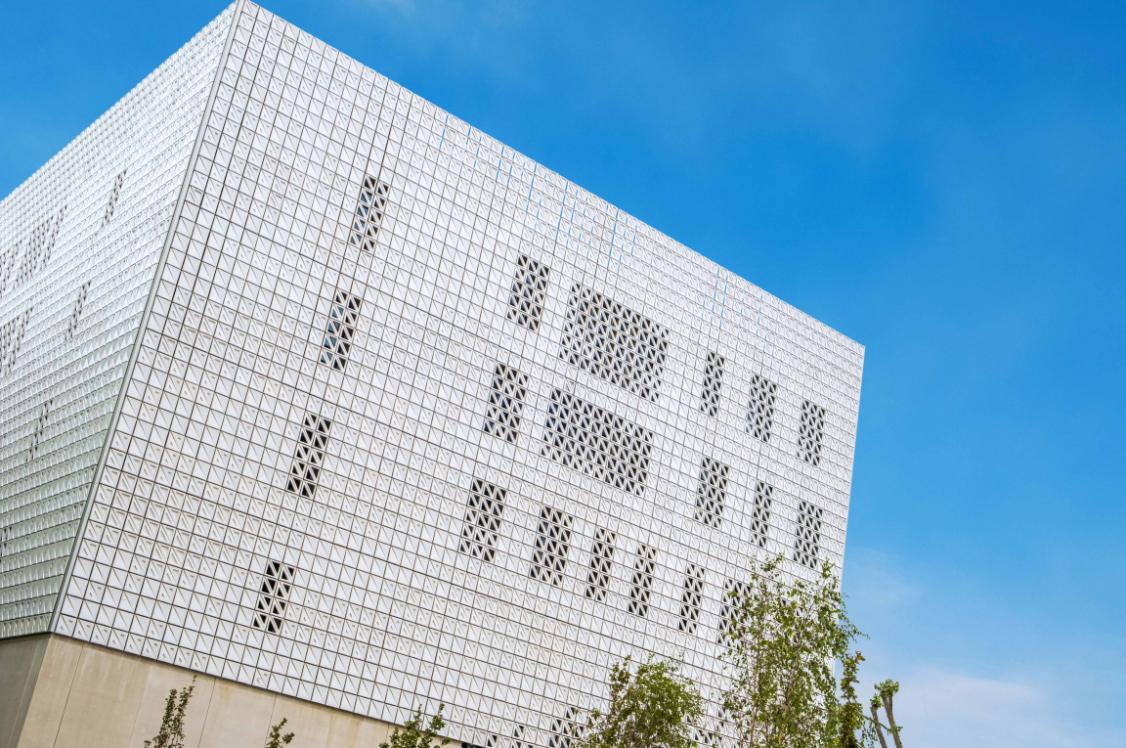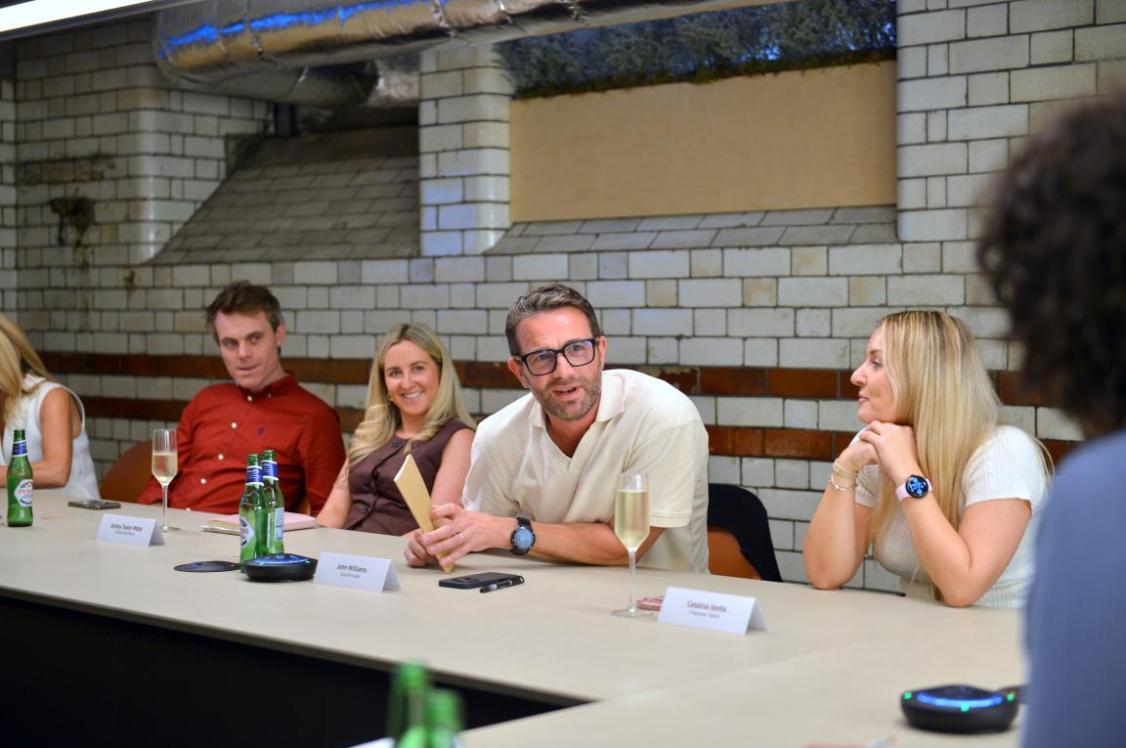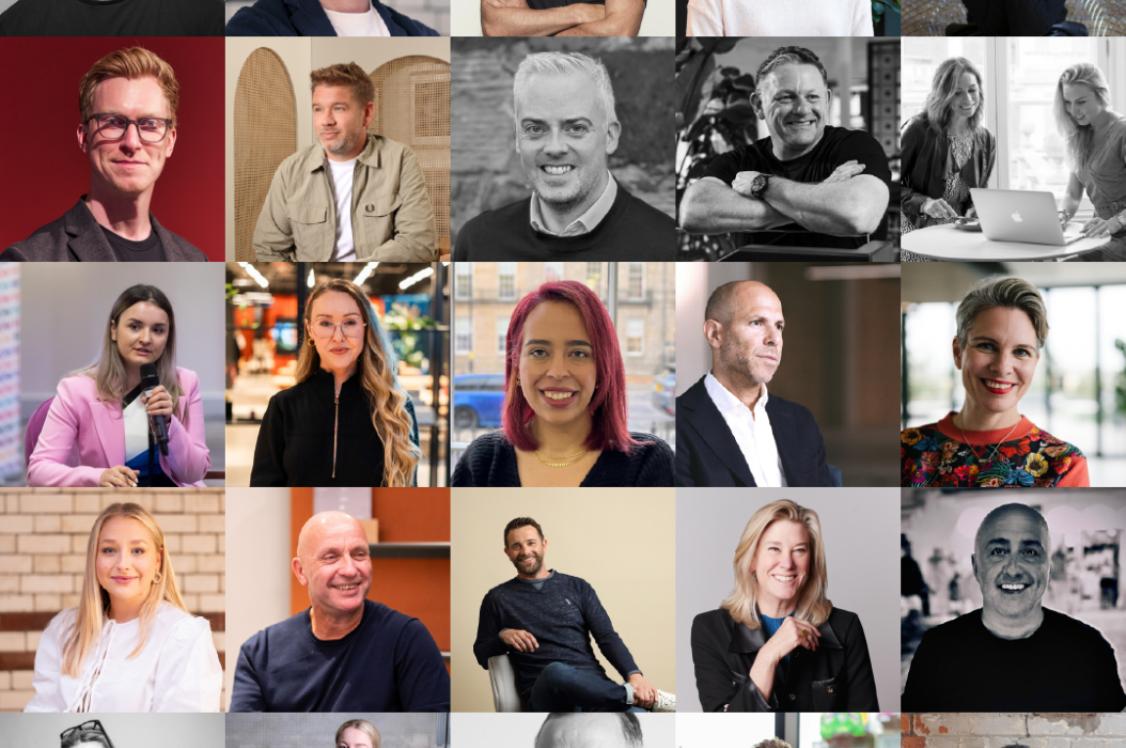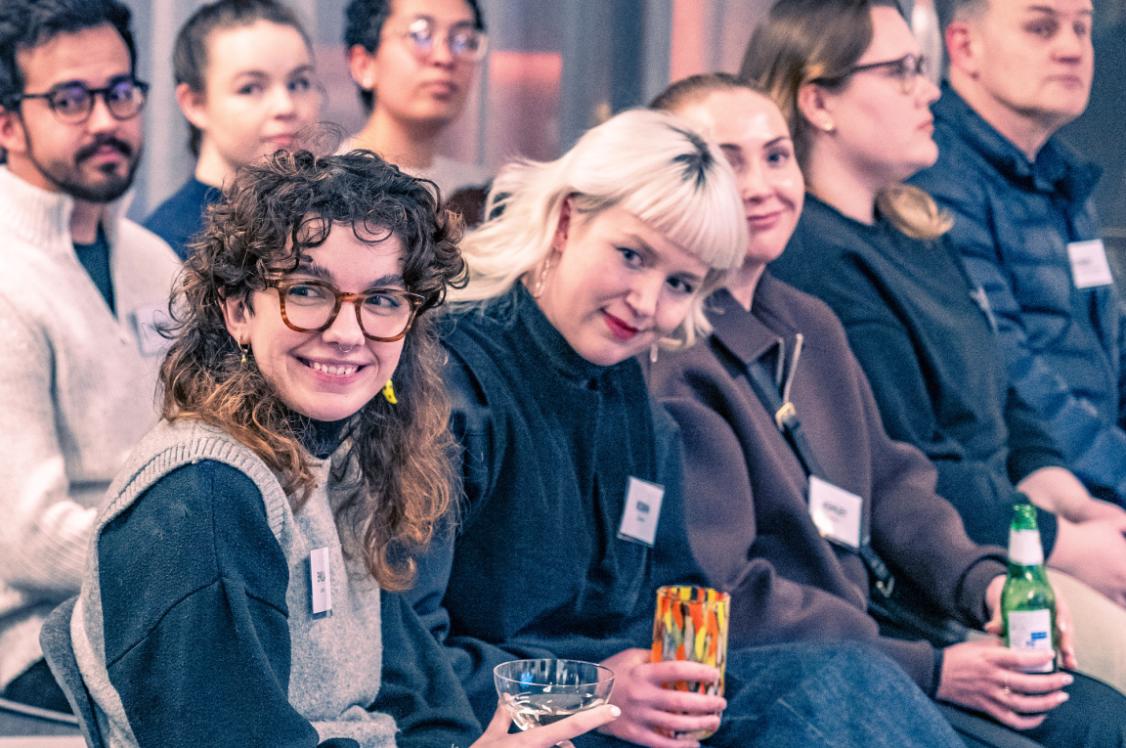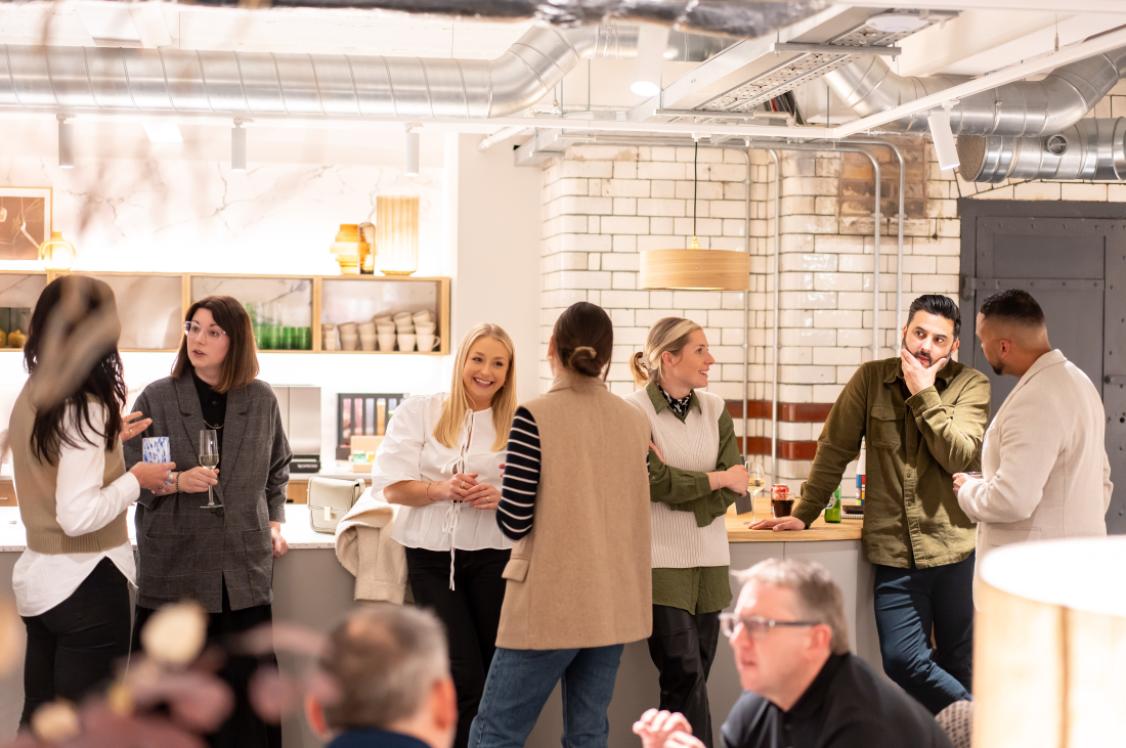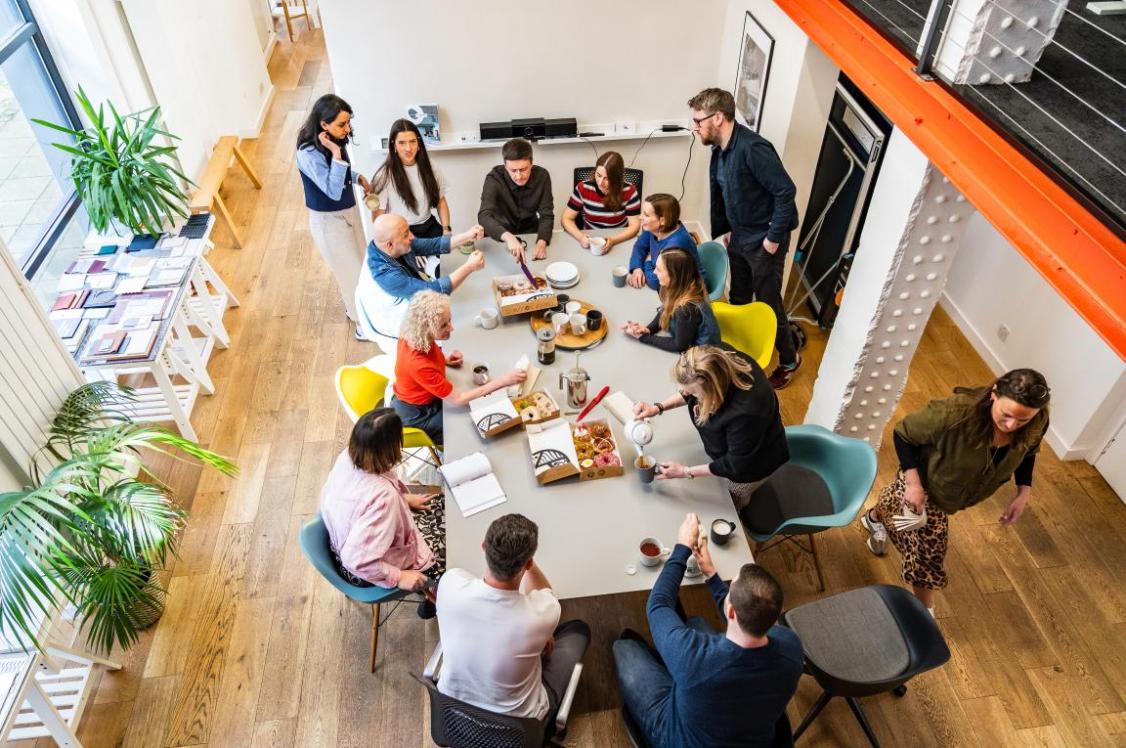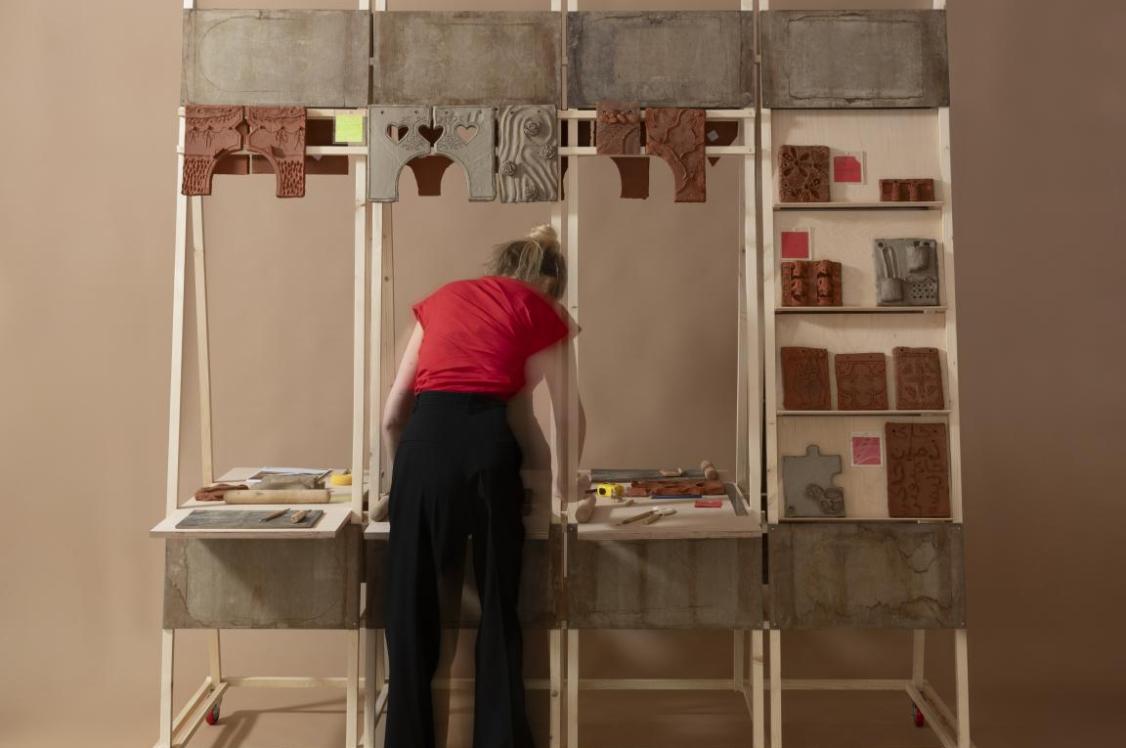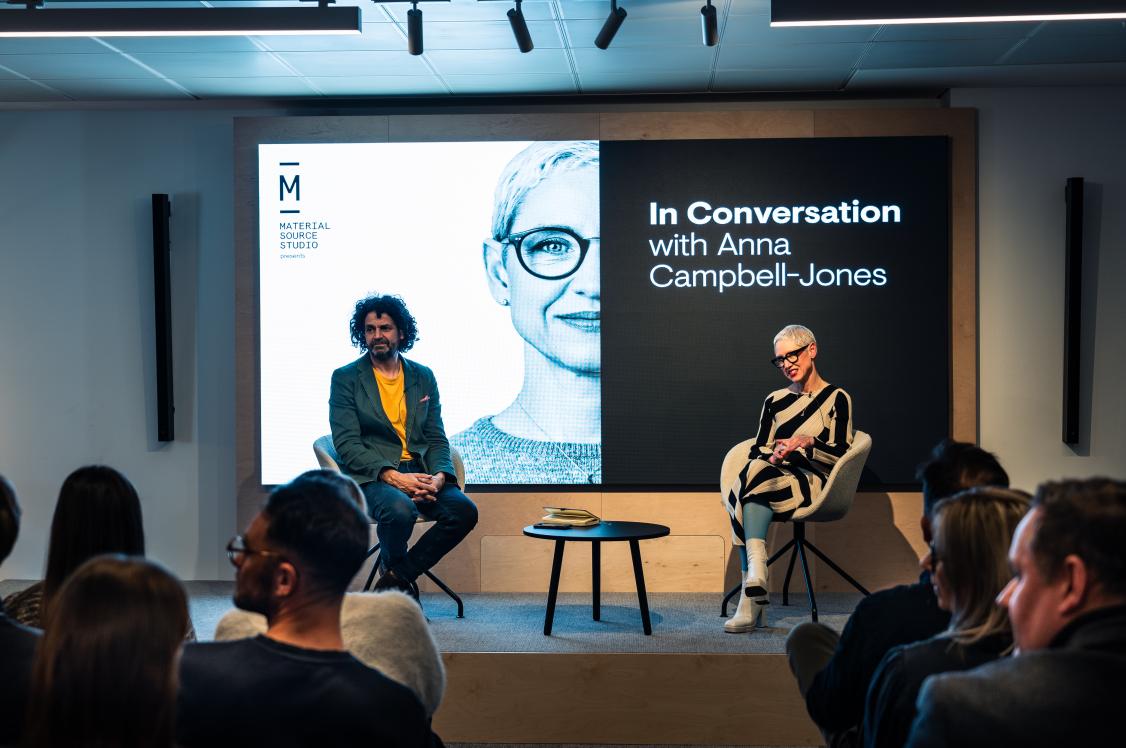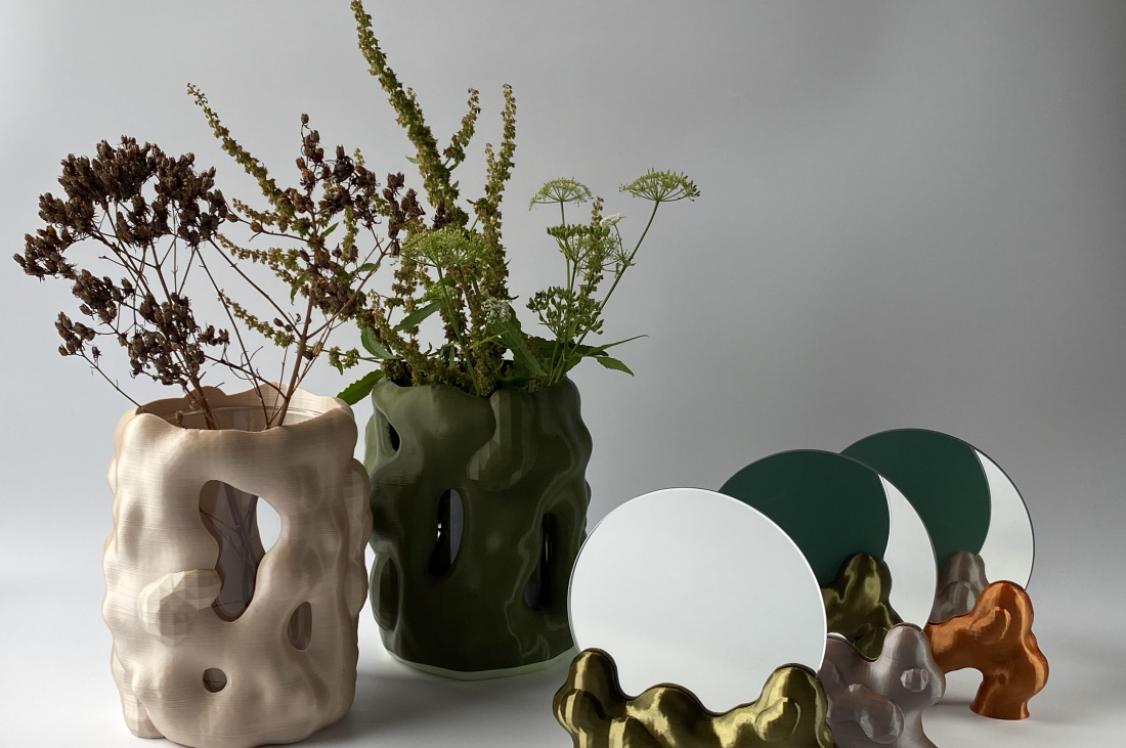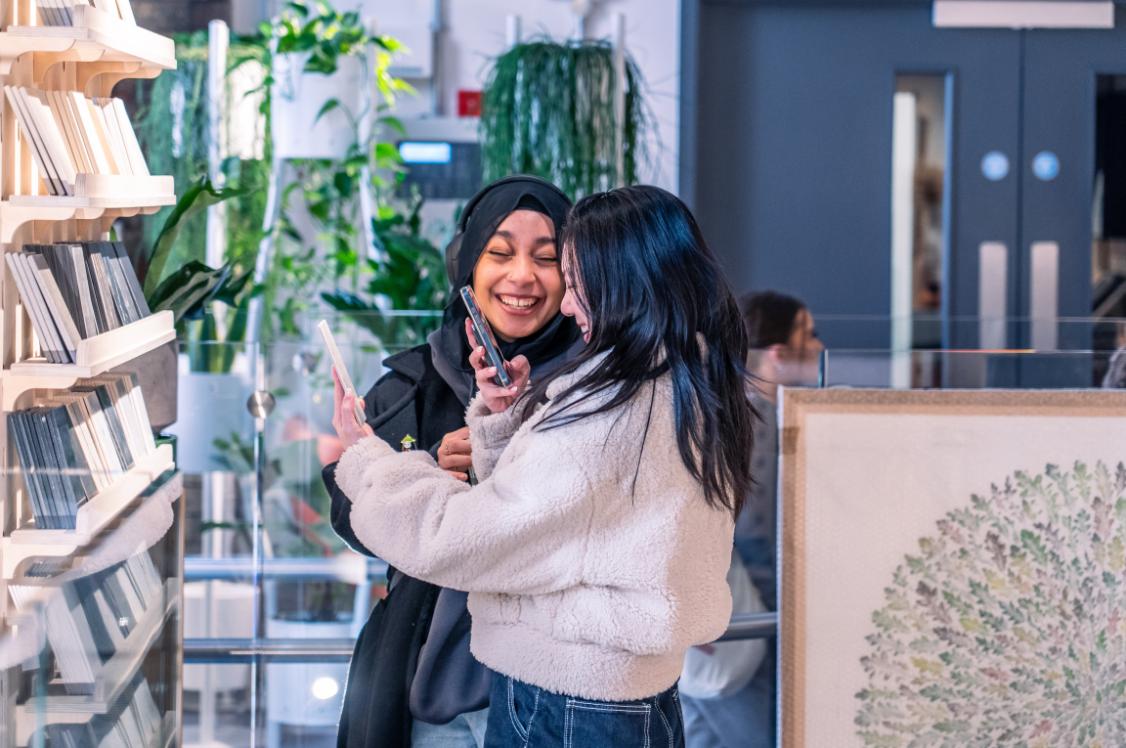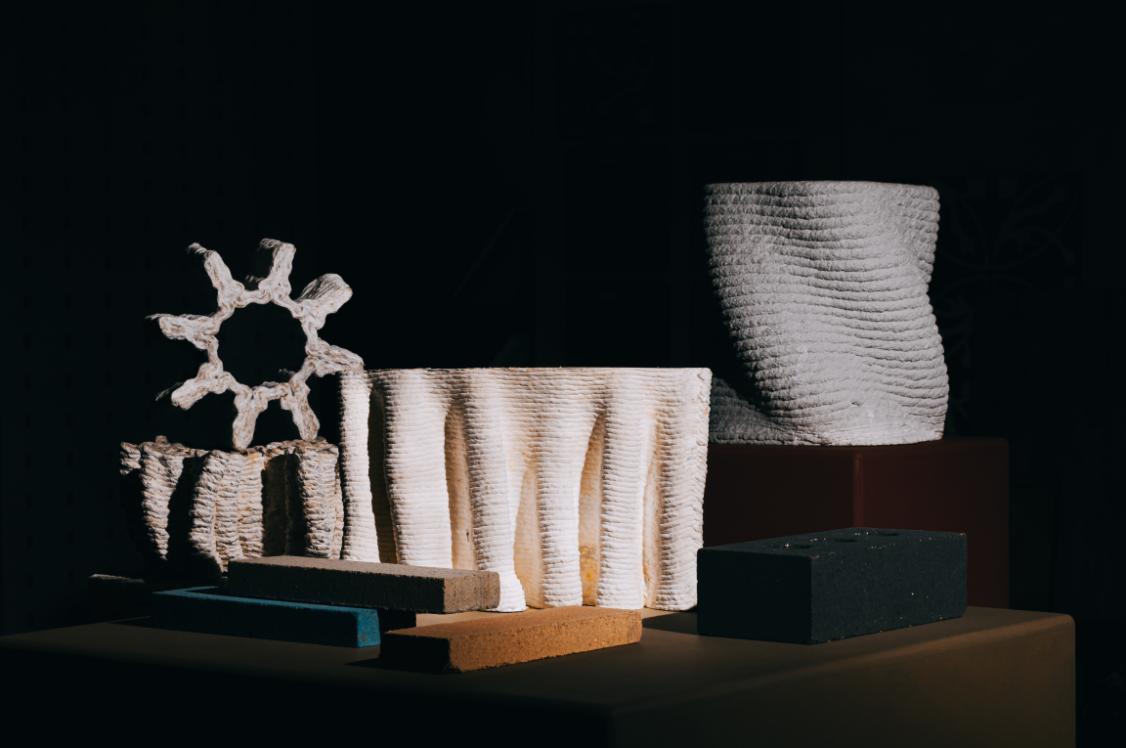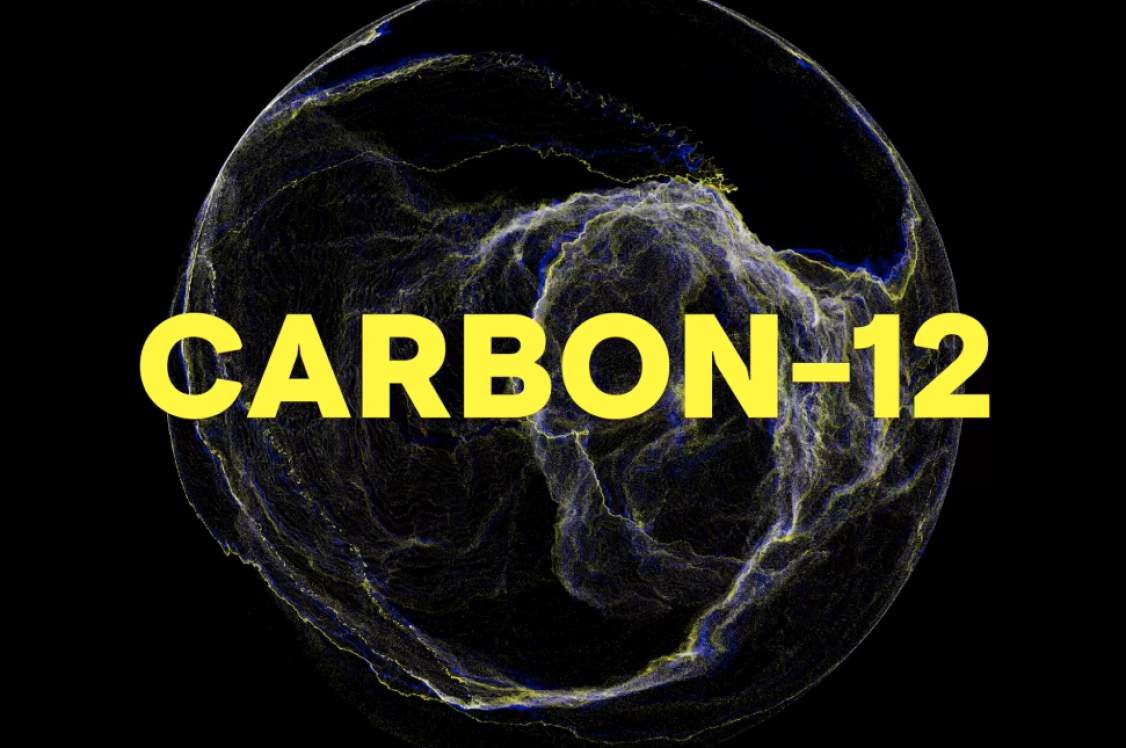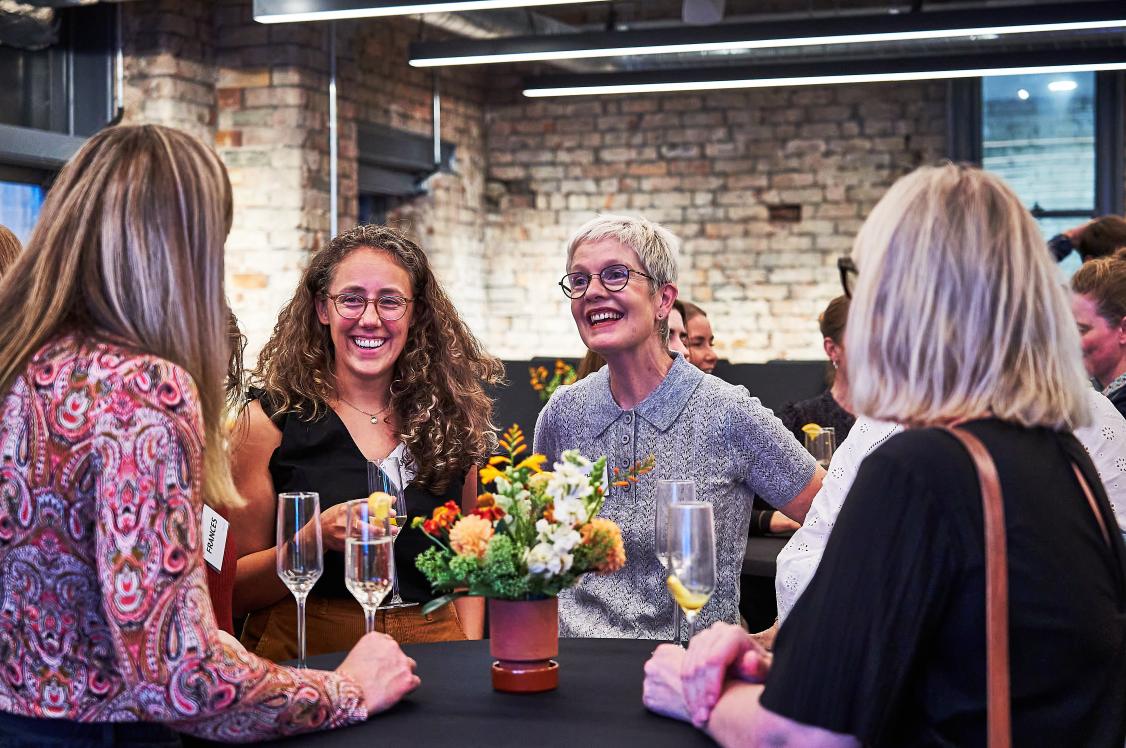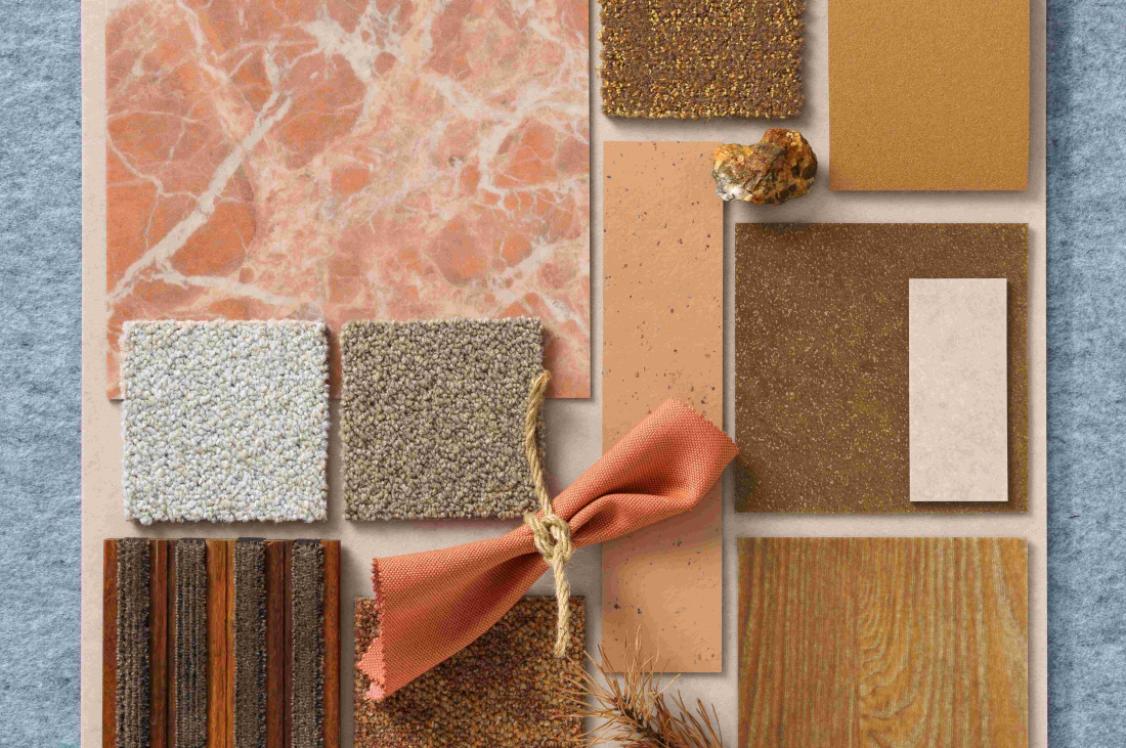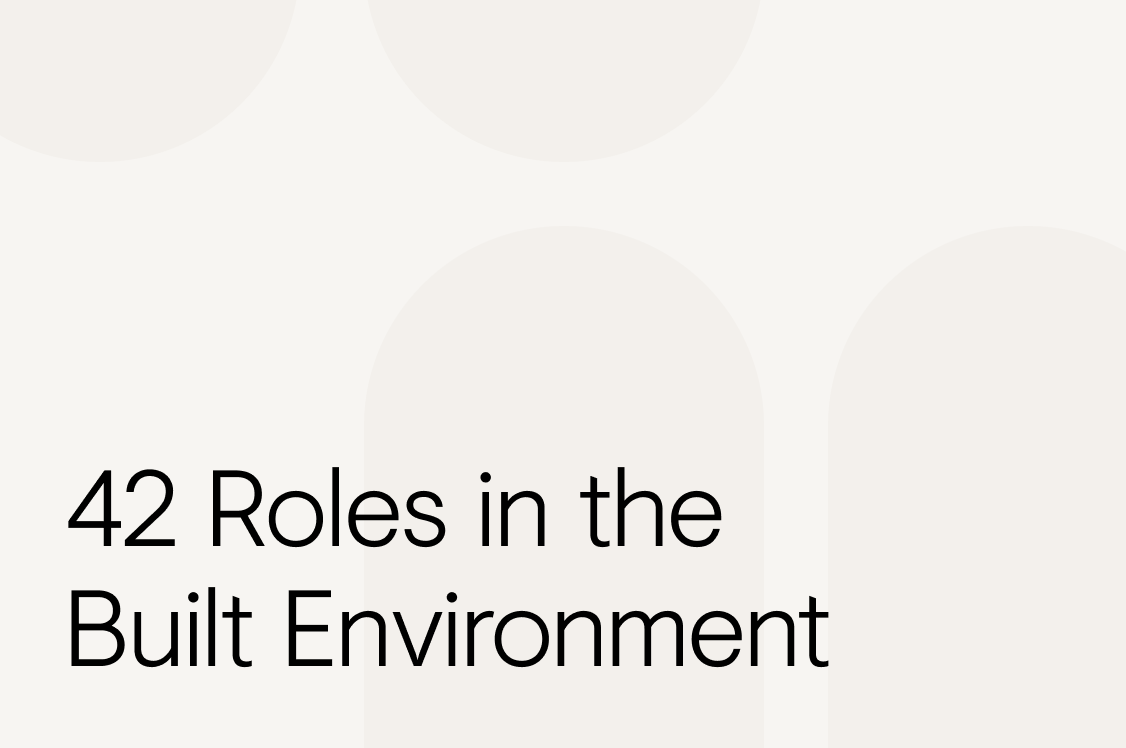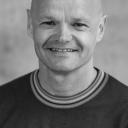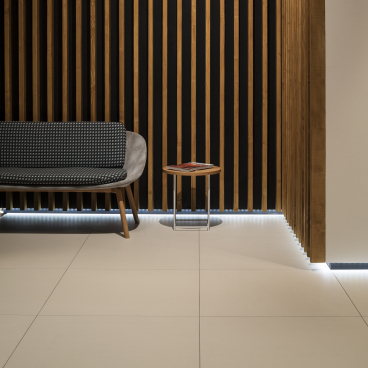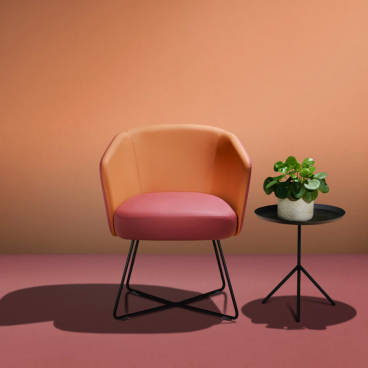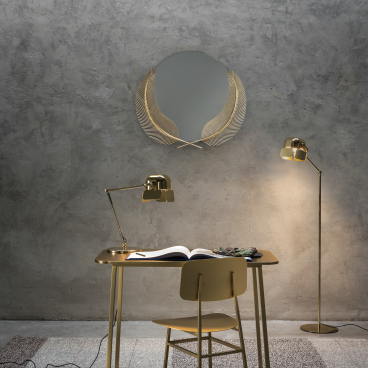Damaged materials do not always need replacing; materials can become more beautiful as they degrade.
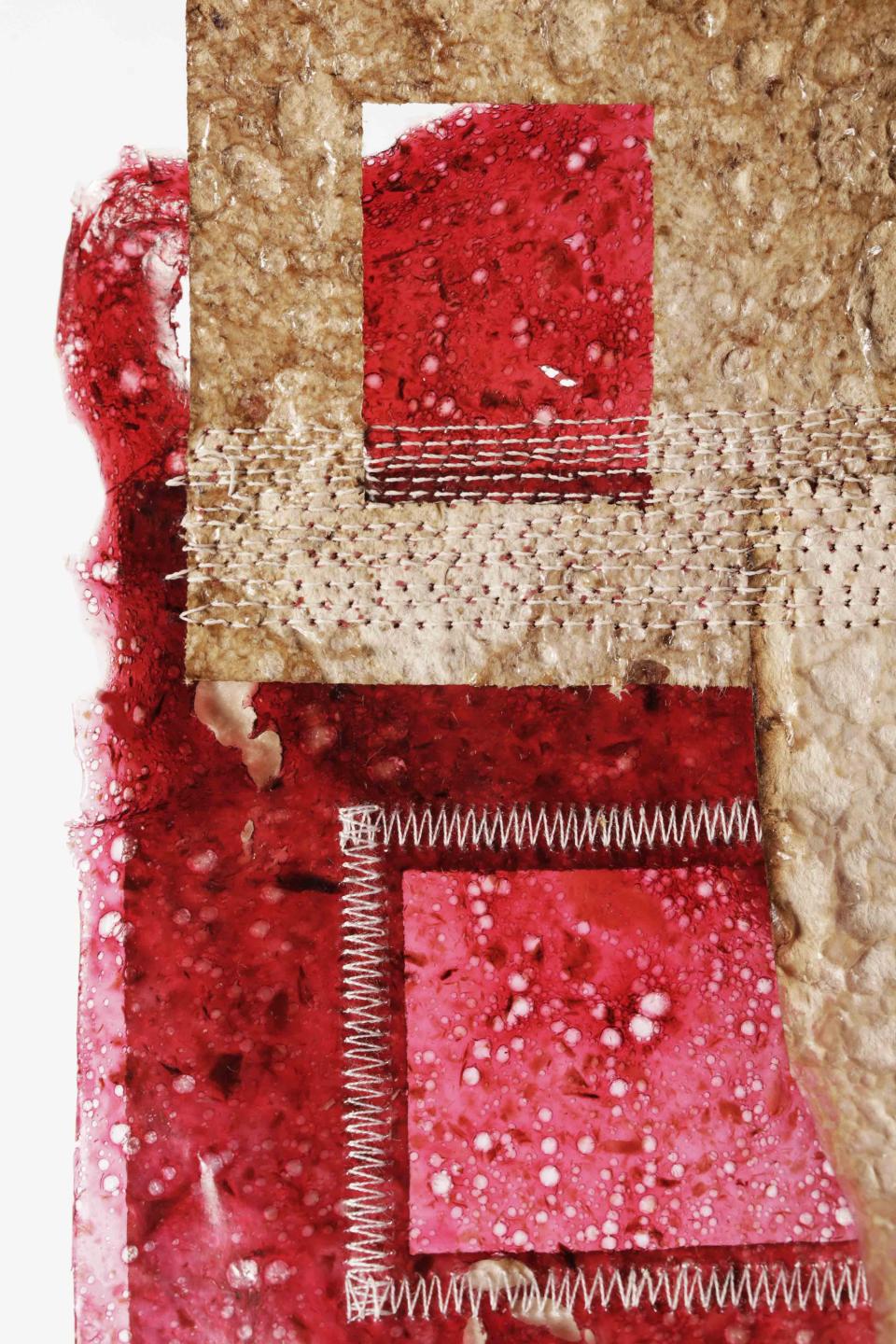
Hannah Elisabeth Jones - BioMarble - Beetroot.
Hannah Elisabeth Jones is the inventor of a new, flexible material called 'BioMarble' (patent pending). BioMarble has a unique surface pattern, but most importantly its main ingredient is waste paper.
Geometric units of BioMarble are cut from a palette of varied colours, then stitched together in an ombré formation, using traditional patchwork techniques to form 3-Dimensional tessellations.
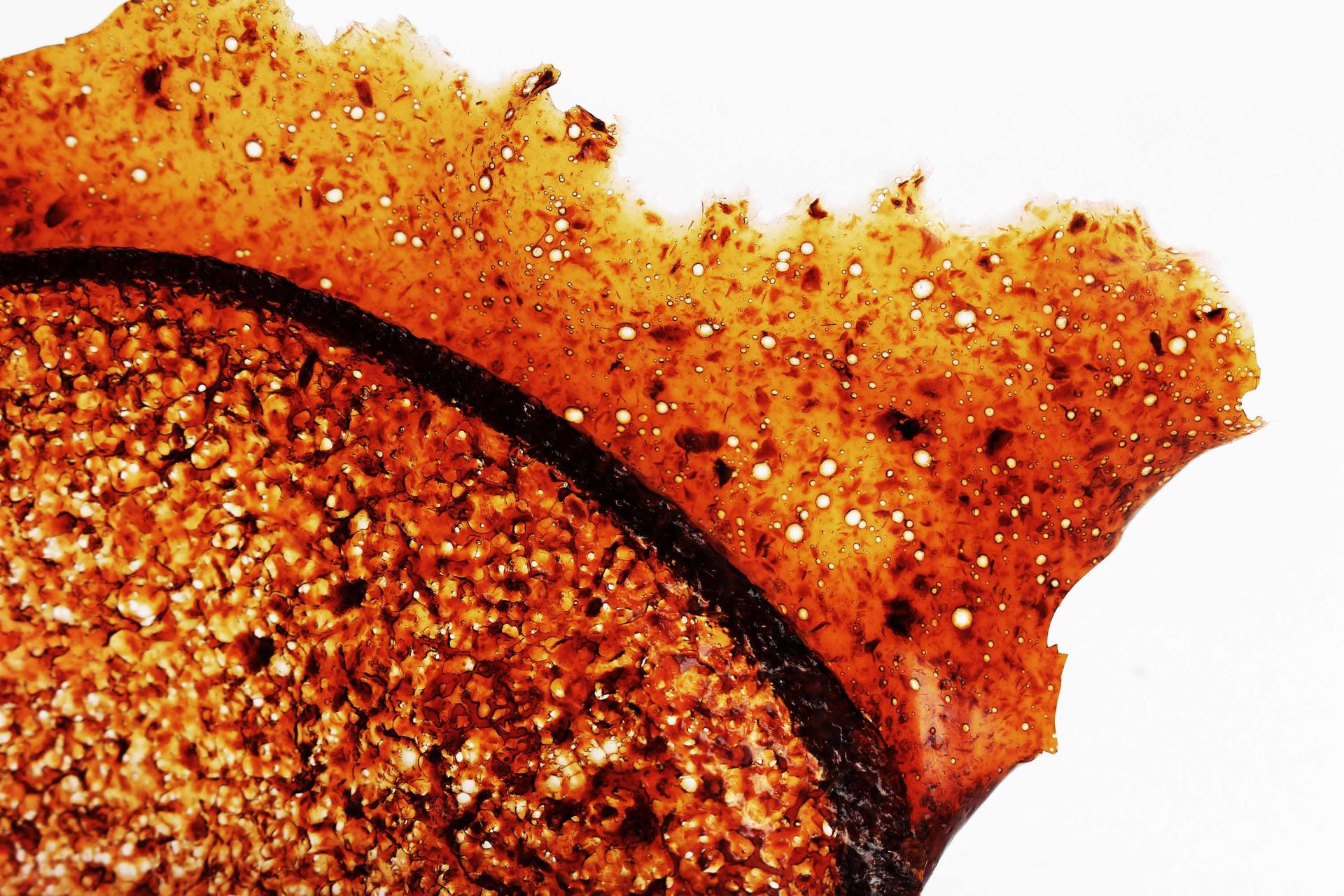
Hannah Elisabeth Jones - BioMarble - Beetroot Baked
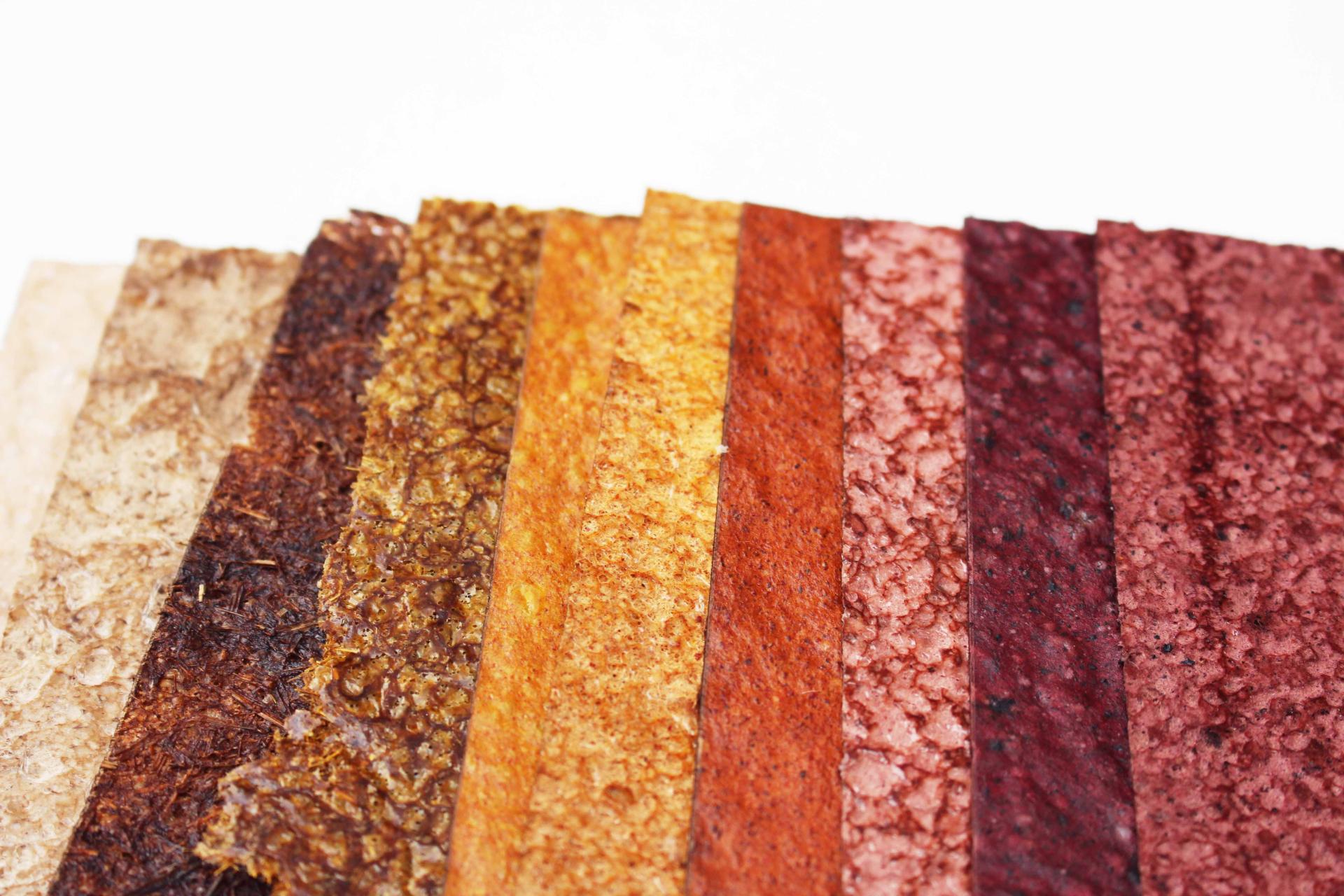
Hannah Elisabeth Jones - BioMarble - Warm Palette Natural Materials.
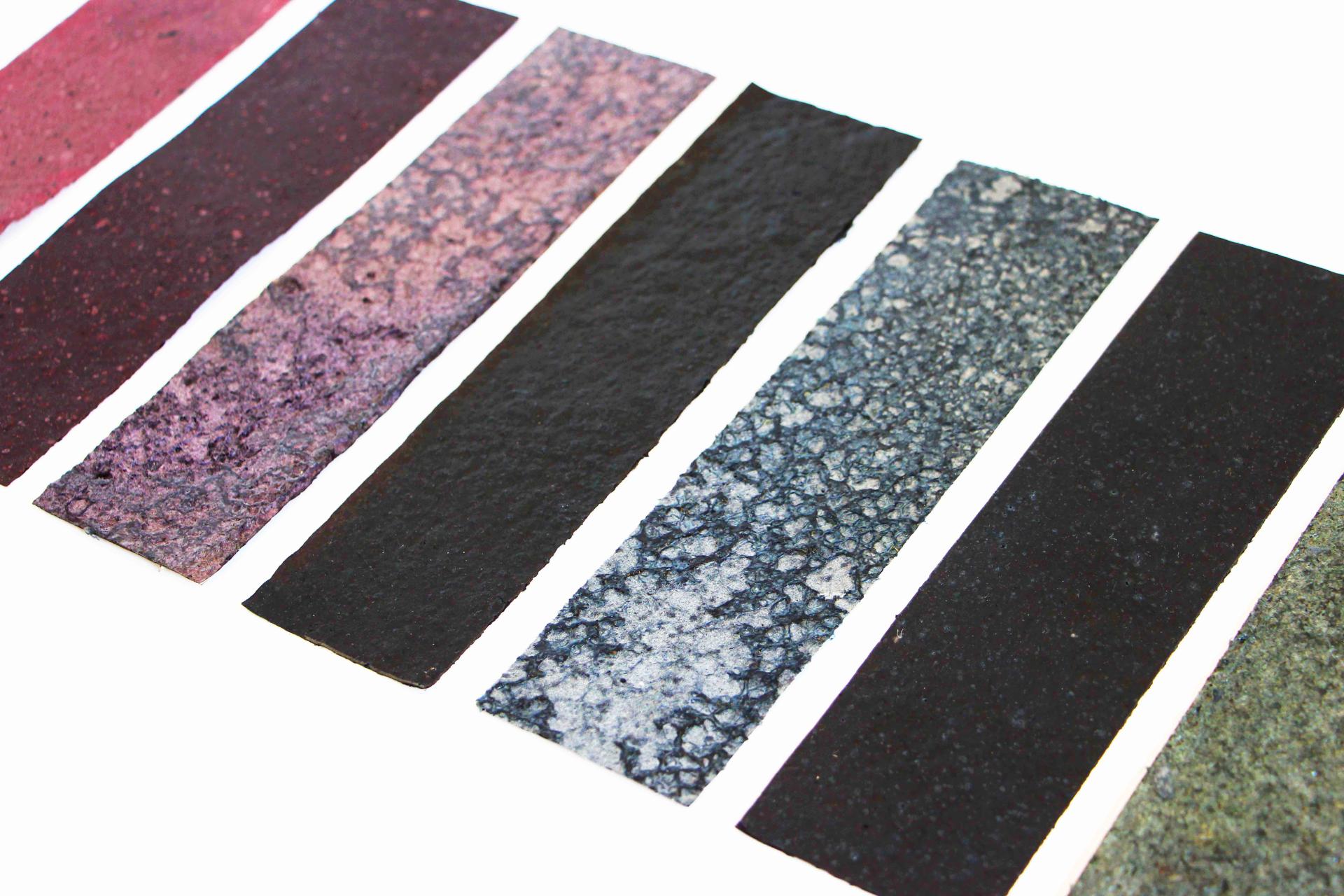
Hannah Elisabeth Jones - BioMarble - Naturally Dyed Cool Palette BioMarble.
Damaged materials do not always need replacing; materials can become more beautiful as they degrade.
Jones has recently been researching the need to transform the public’s perceptions towards blemished, organic surfaces by creating a relationship that fulfils expected aesthetics for modern textiles, whilst symbiotically benefiting the environment, through recognising materials as nutrients.
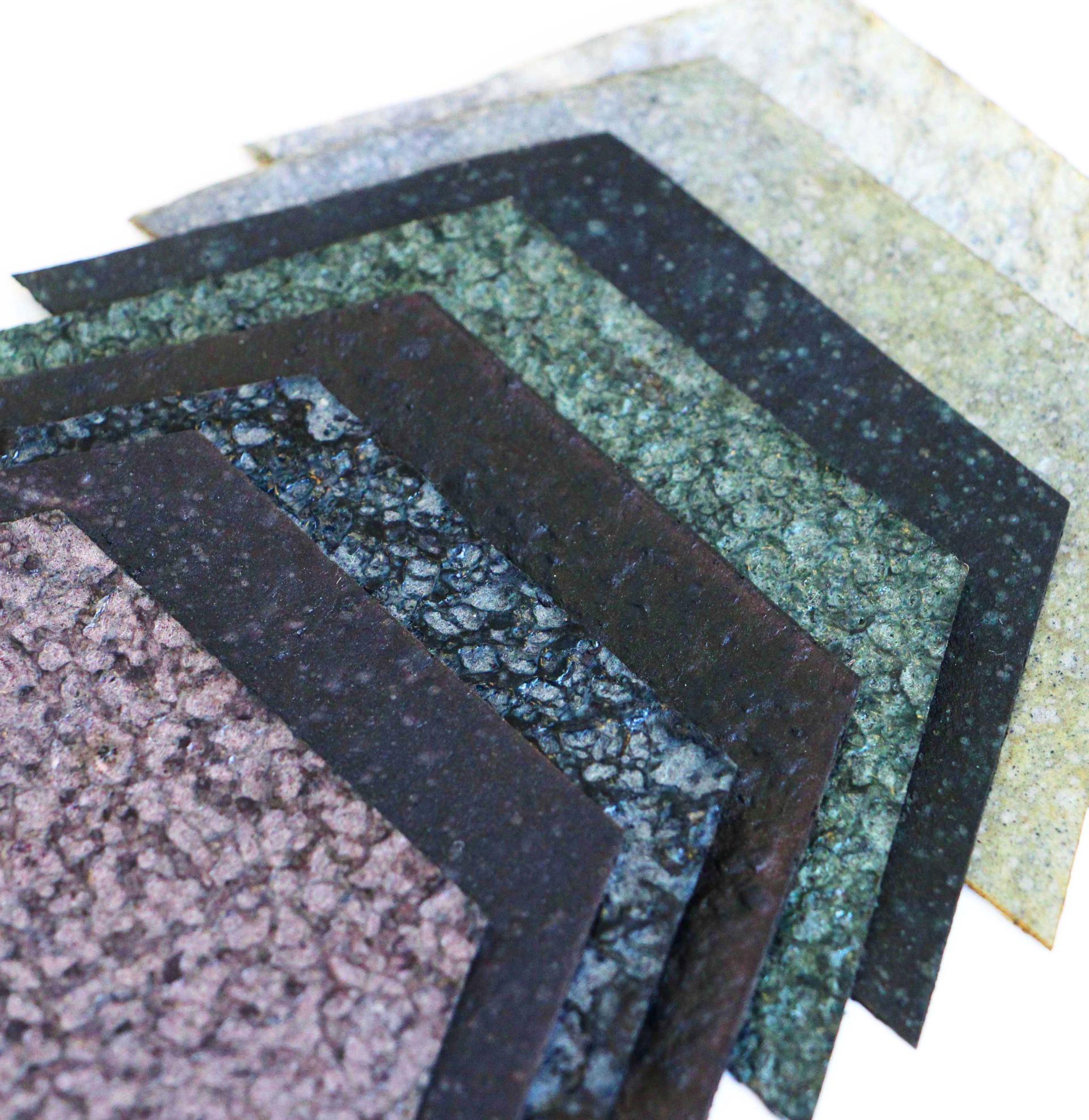
Hannah Elisabeth Jones - BioMarble - Naturally Dyed Cool Palette BioMarble.
Damaged materials do not always need replacing; materials can become more beautiful as they degrade. All recent samples are made from natural minerals and fibres (e.g. food waste) and individually dyed with natural pigments."
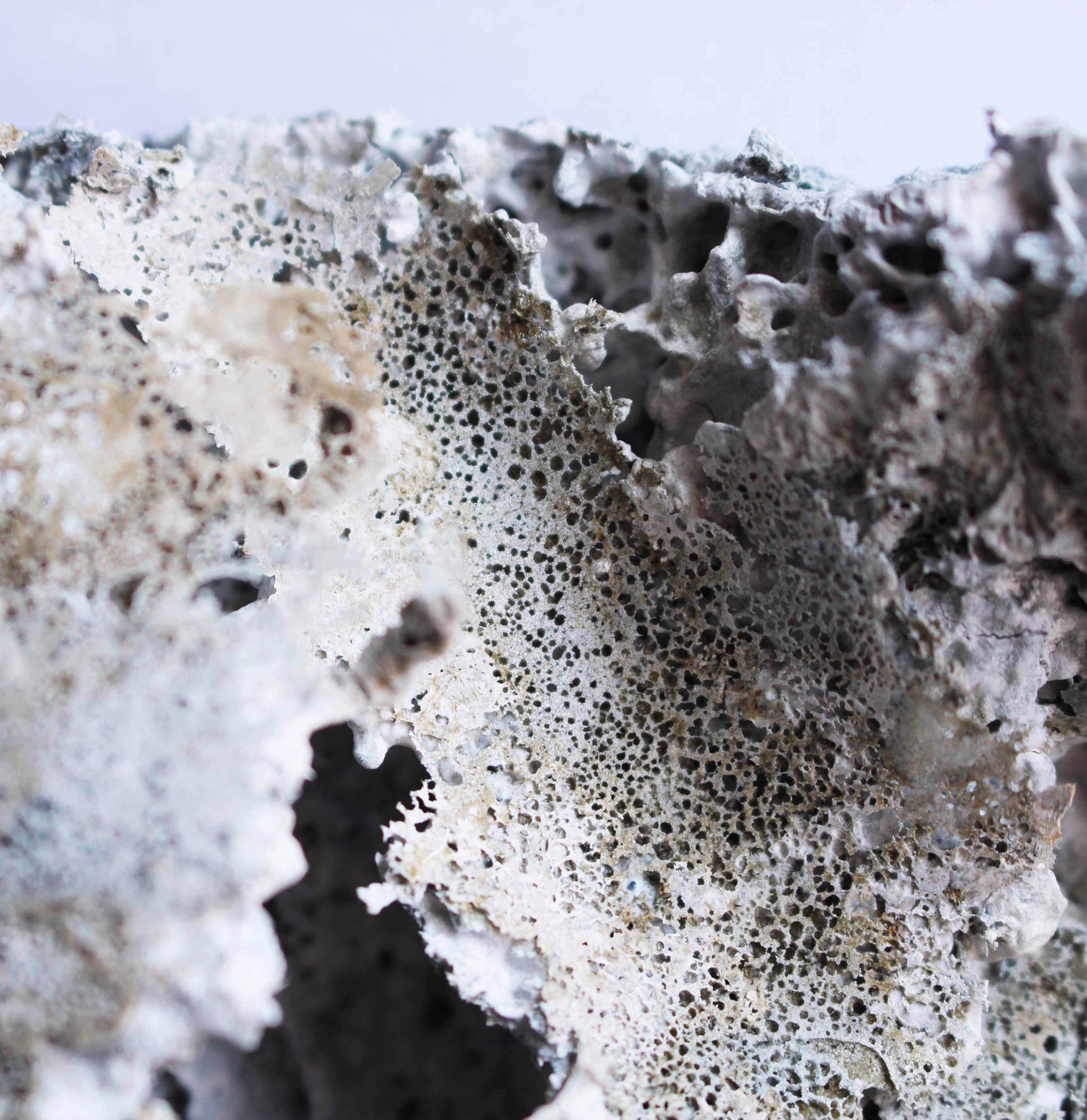
Hannah Elisabeth Jones - BioMarble - Bioconcrete
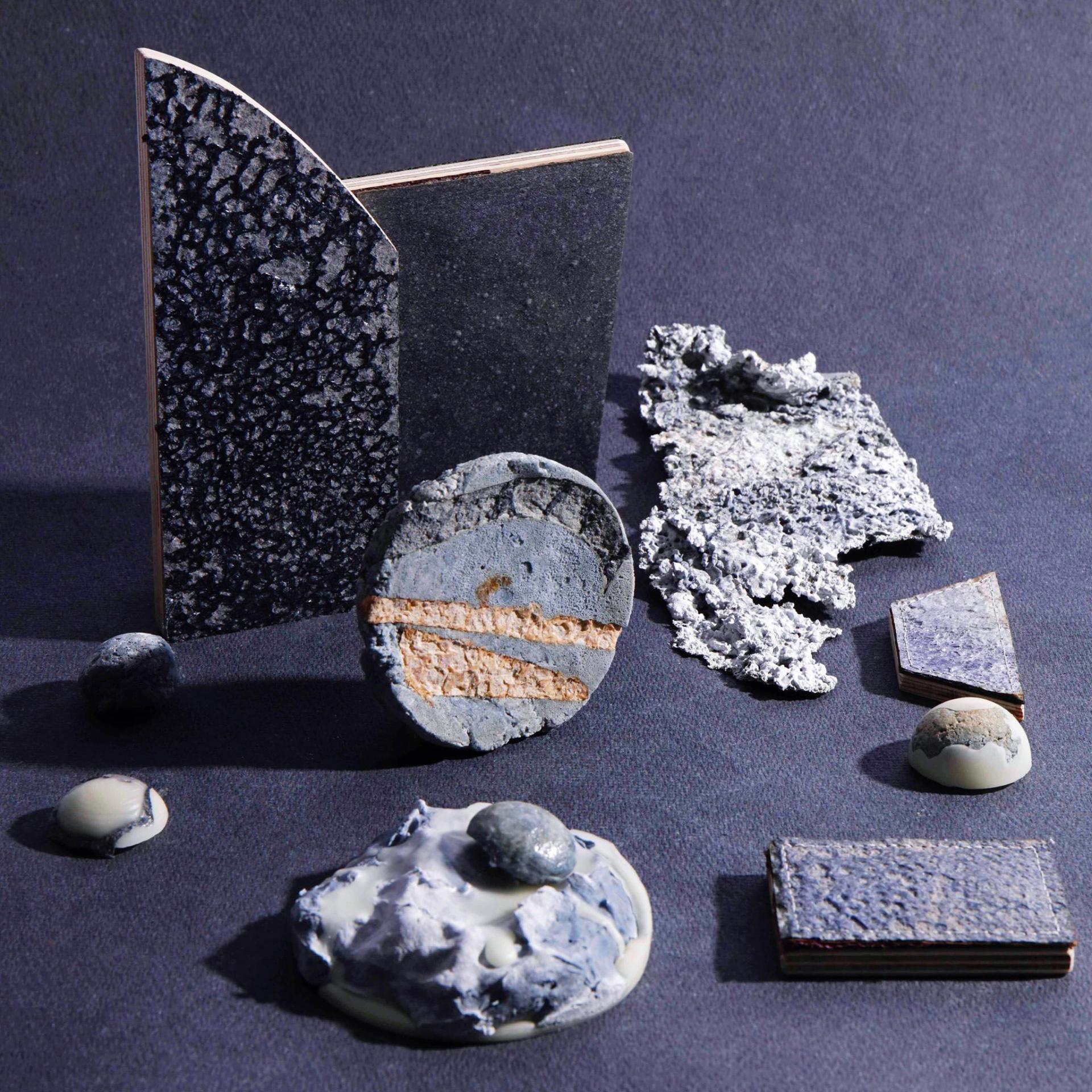
Hannah Elisabeth Jones - BioMarble - Natural Materials
Throughout the past year, Jones has been developing BioMarble to perfect its durability, visual aesthetic and quality of colour. Geometric units are cut from a palette of different material colours, then stitched together in an ombré formation, using traditional patchwork techniques to form 3-Dimensional tessellations.
So far, BioMarble has won numerous awards and commissions, and has been exhibited at Manchester School of Art (2017), MoOD Brussels (2017), London Design Festival (2017), the Surface and Materials Show (2017), the Northern Design Festival (2017), Somerset House (2017), the Surface and Design Show (2018), Ravensbourne University (2018), the GK Gallery (2018) and Materials for Architecture (2018). Upcoming exhibitions include the Great Exhibition of the North (2018) and London Design Festival (2018).
Hannah Elisabeth Jones is currently studying a Masters degree in Textiles at the Royal College of Art, having previously graduated from Manchester School of Art with First Class Honours, BA Textiles in Practice.
Learn more at Hannah Elisabeth Jones


